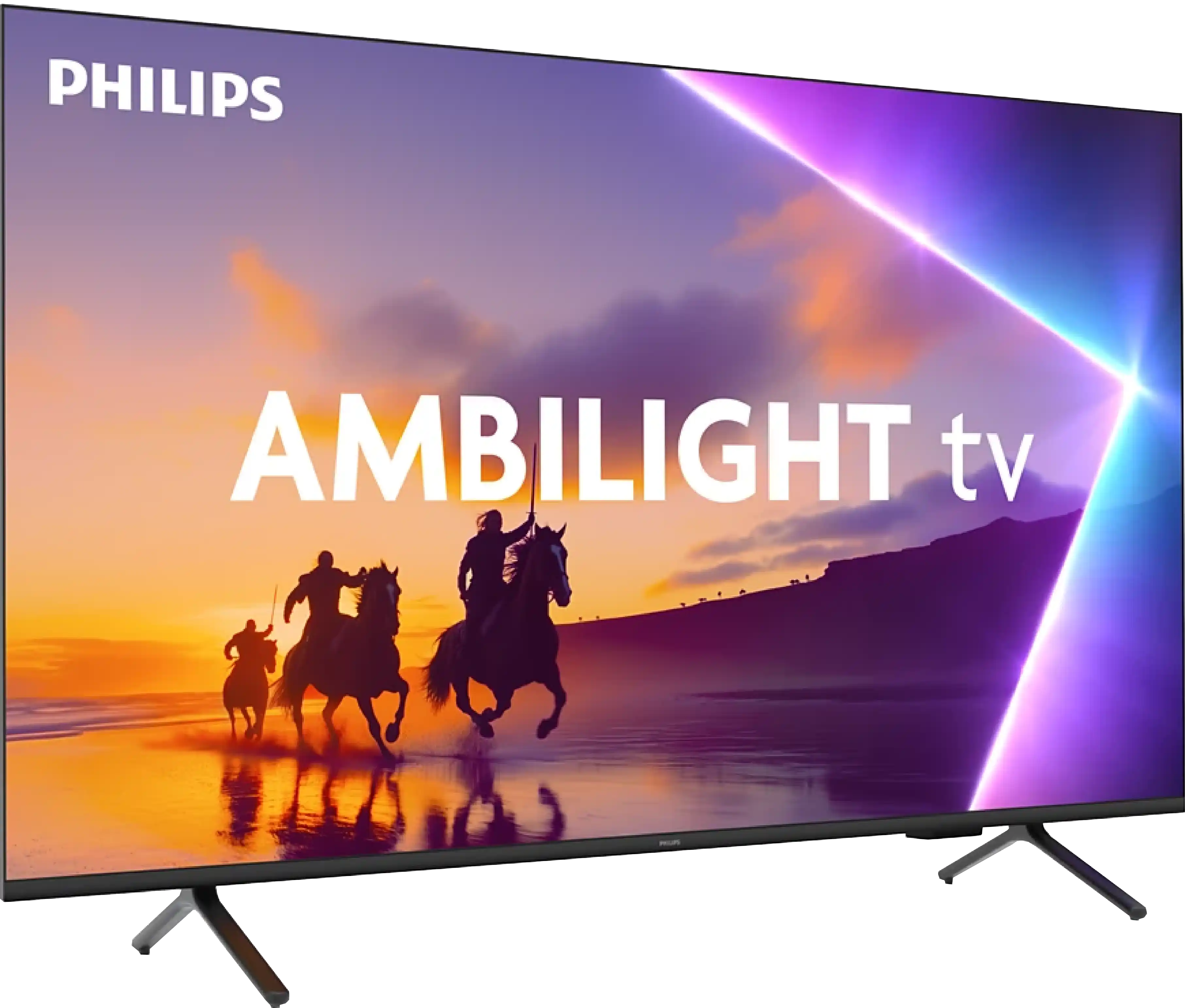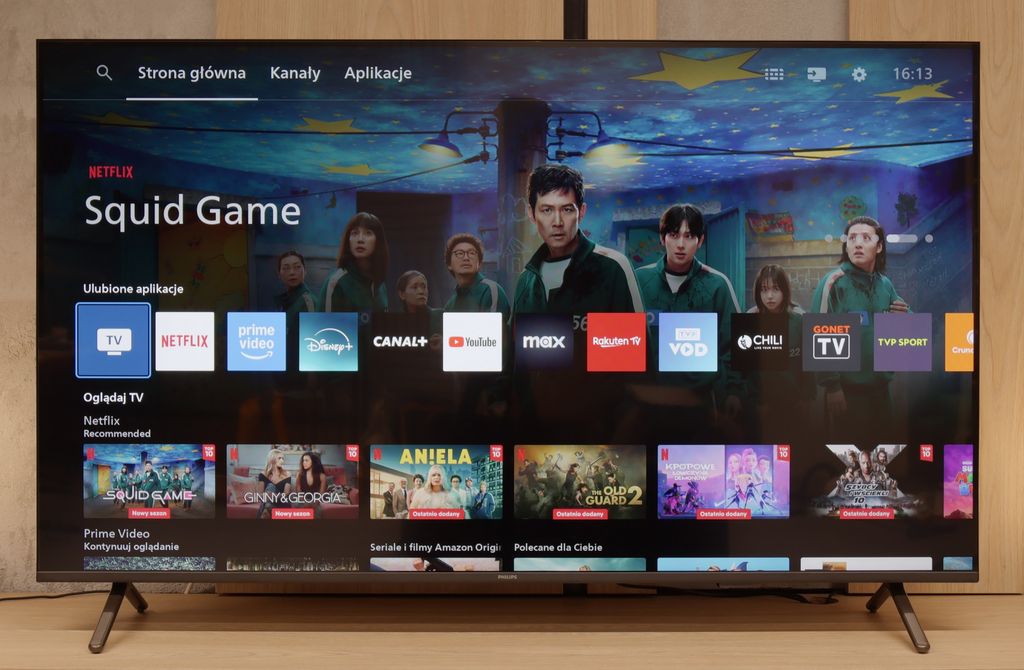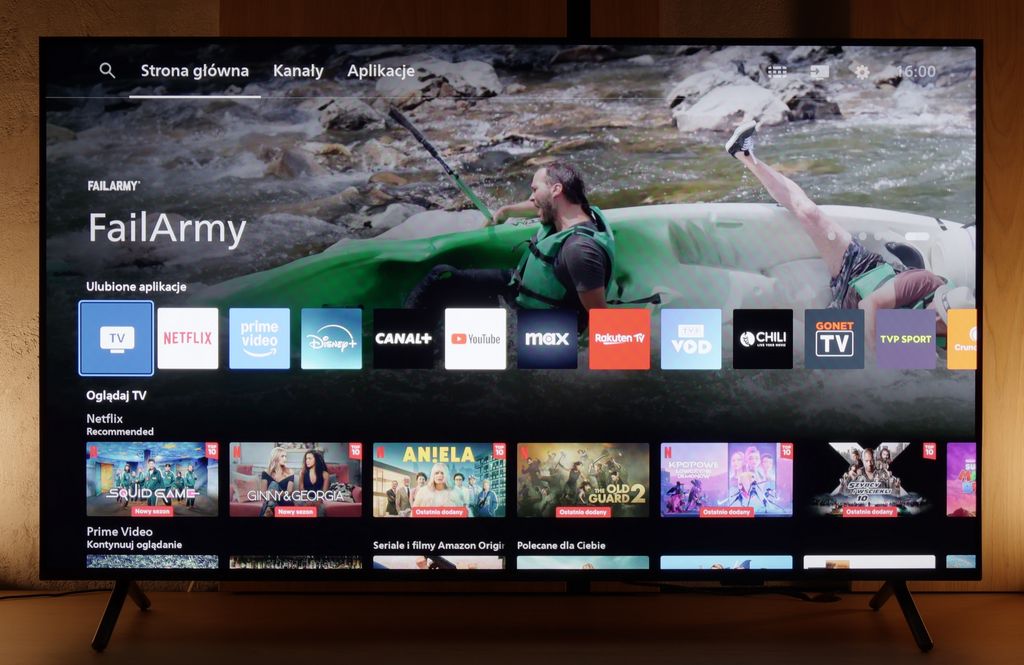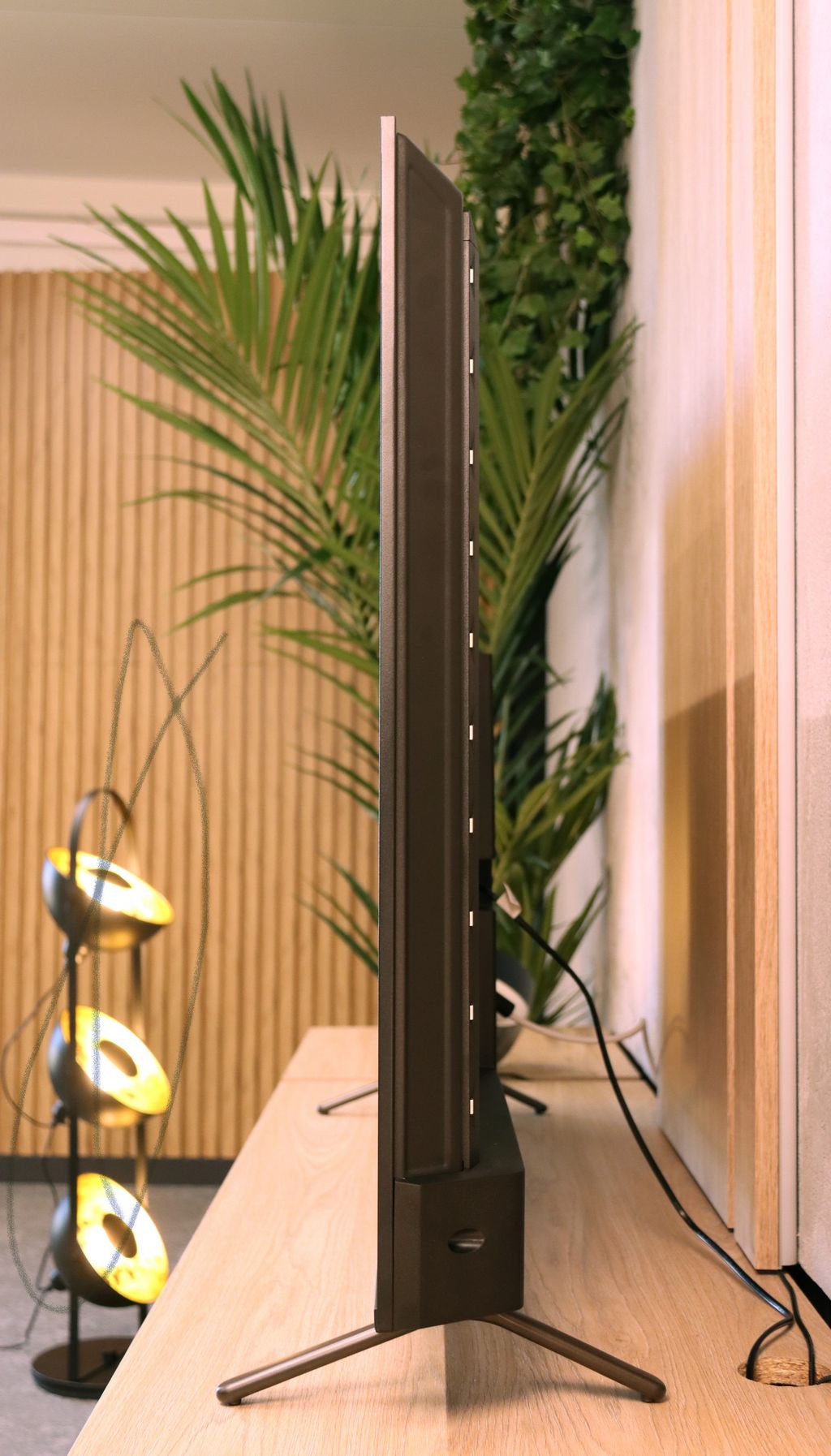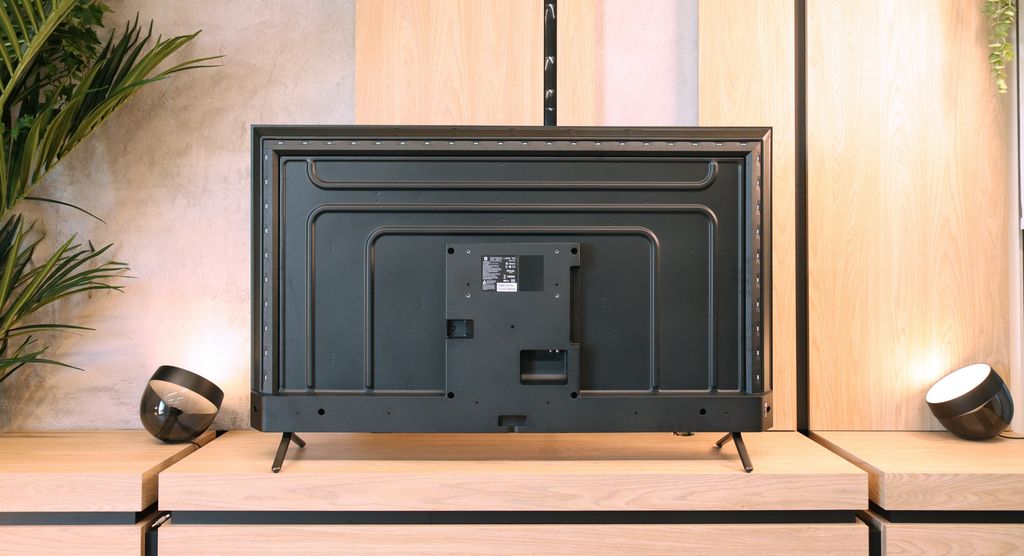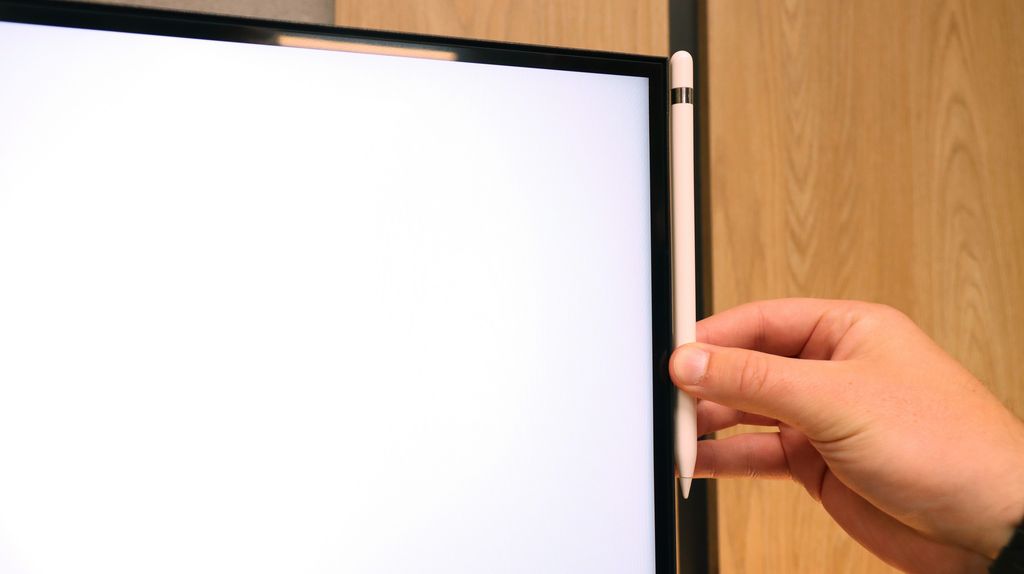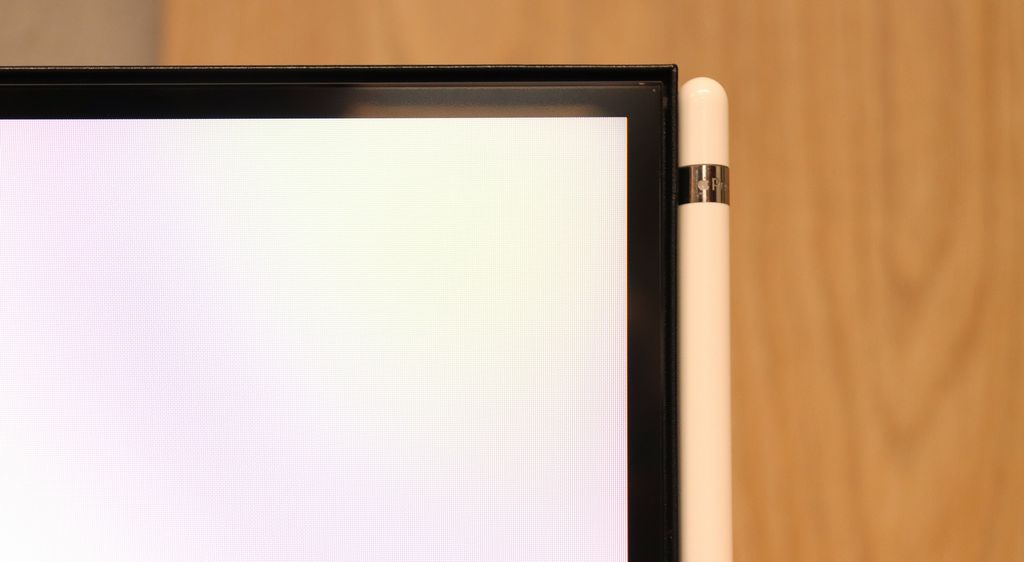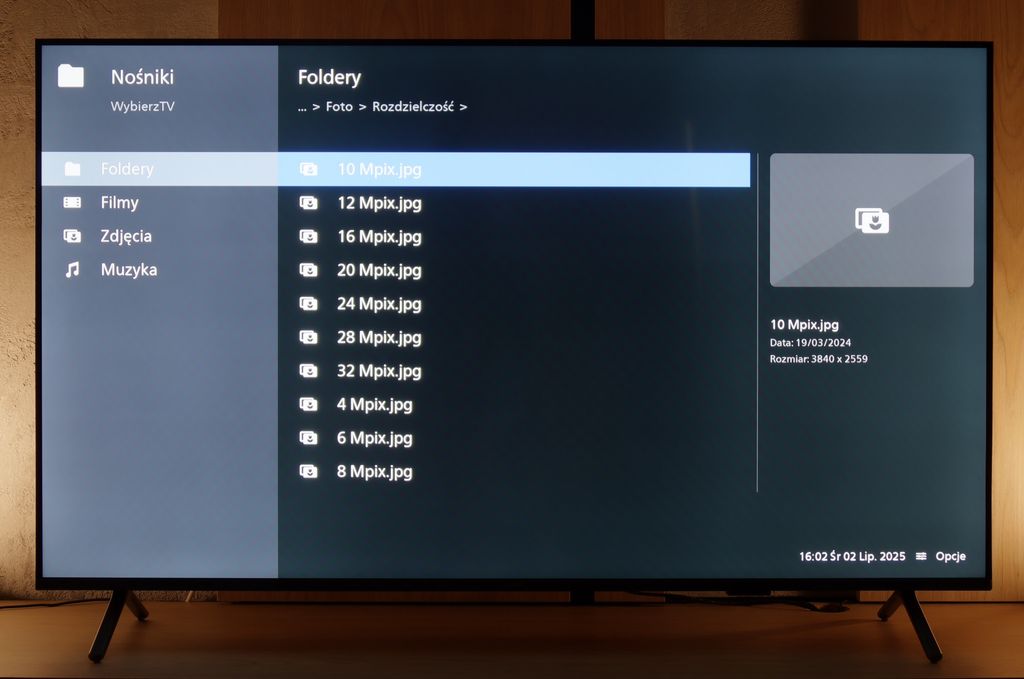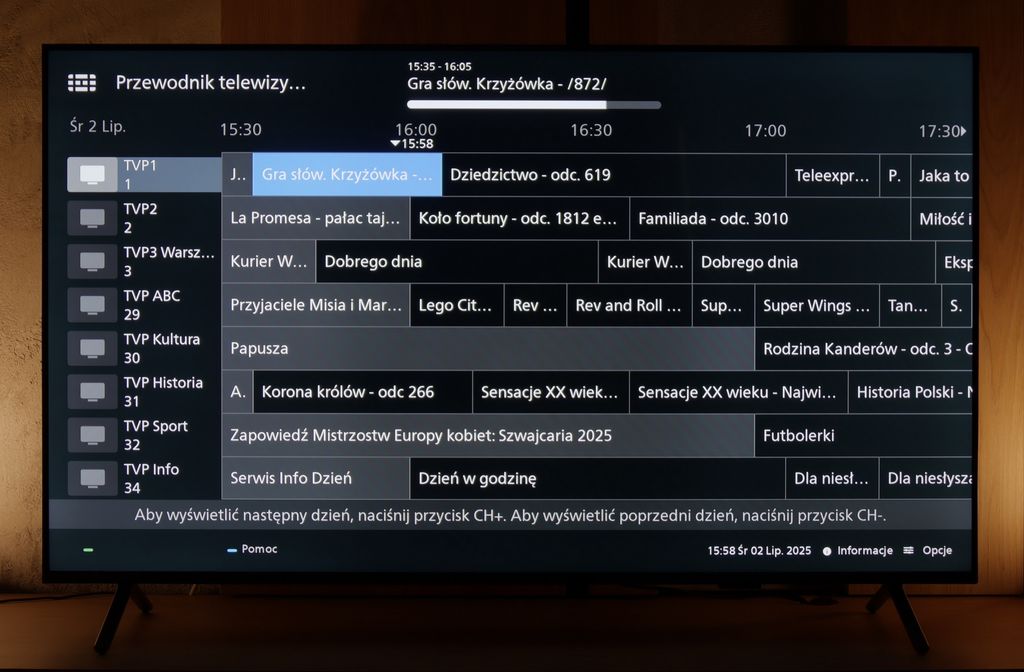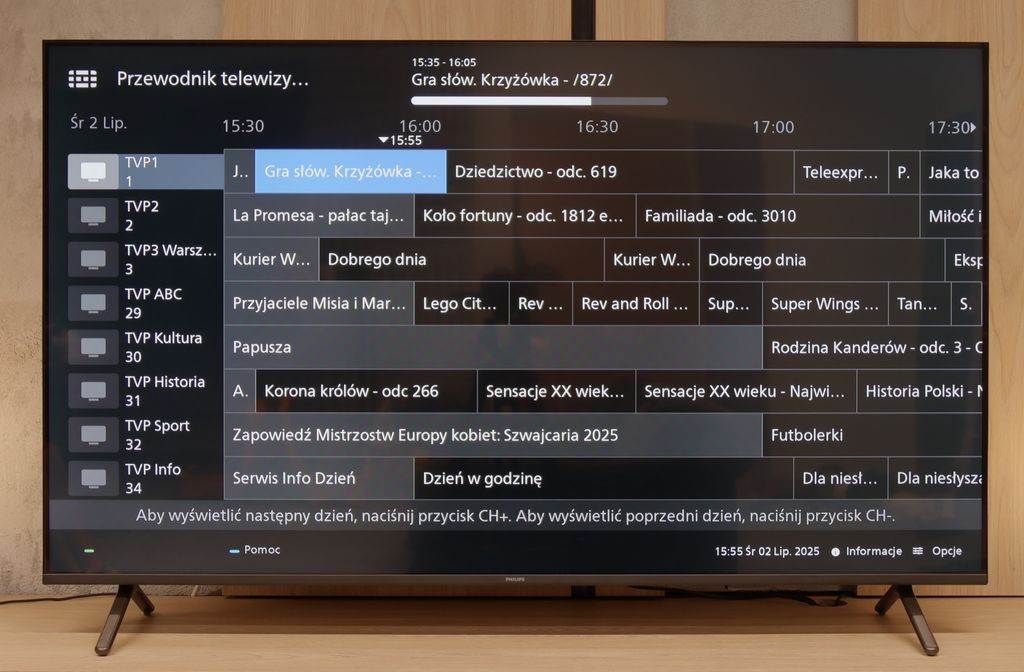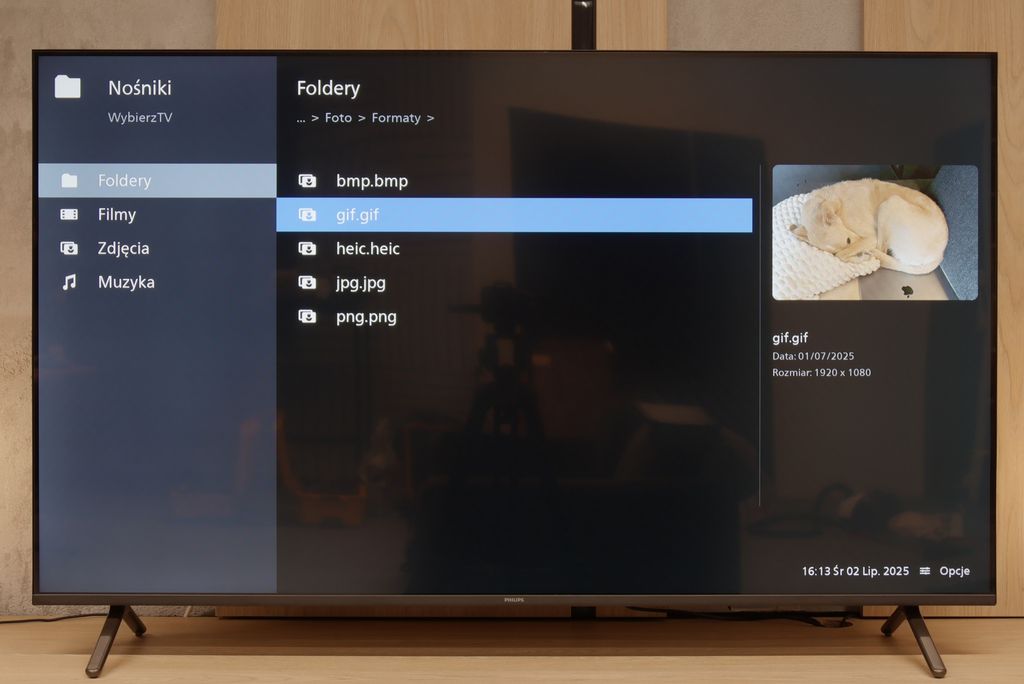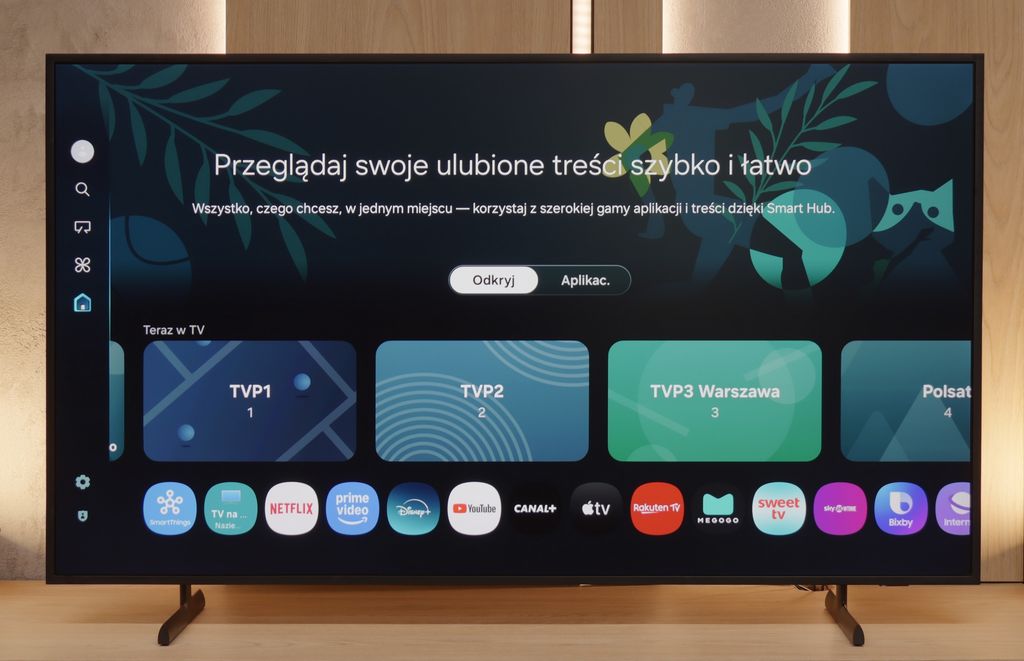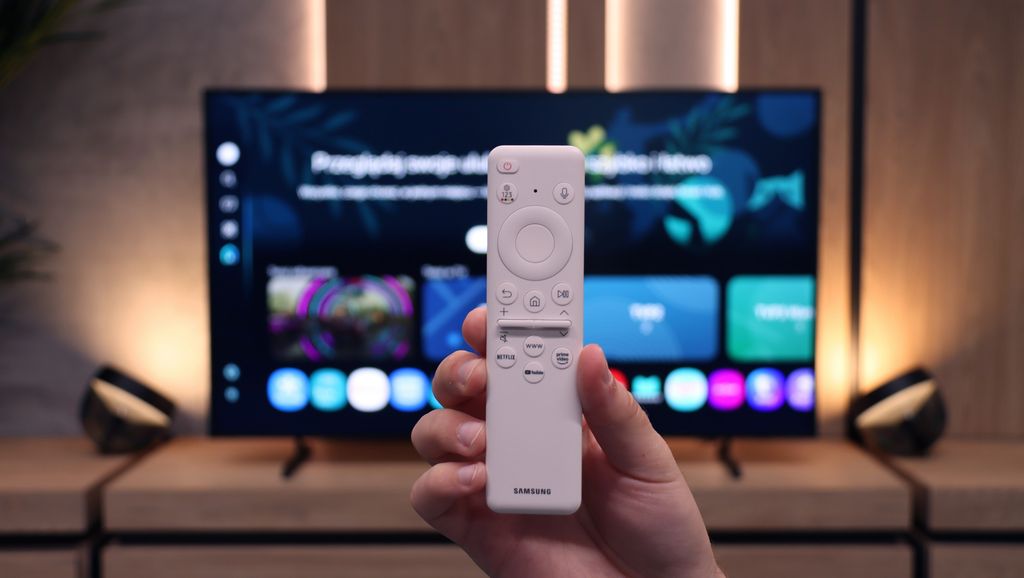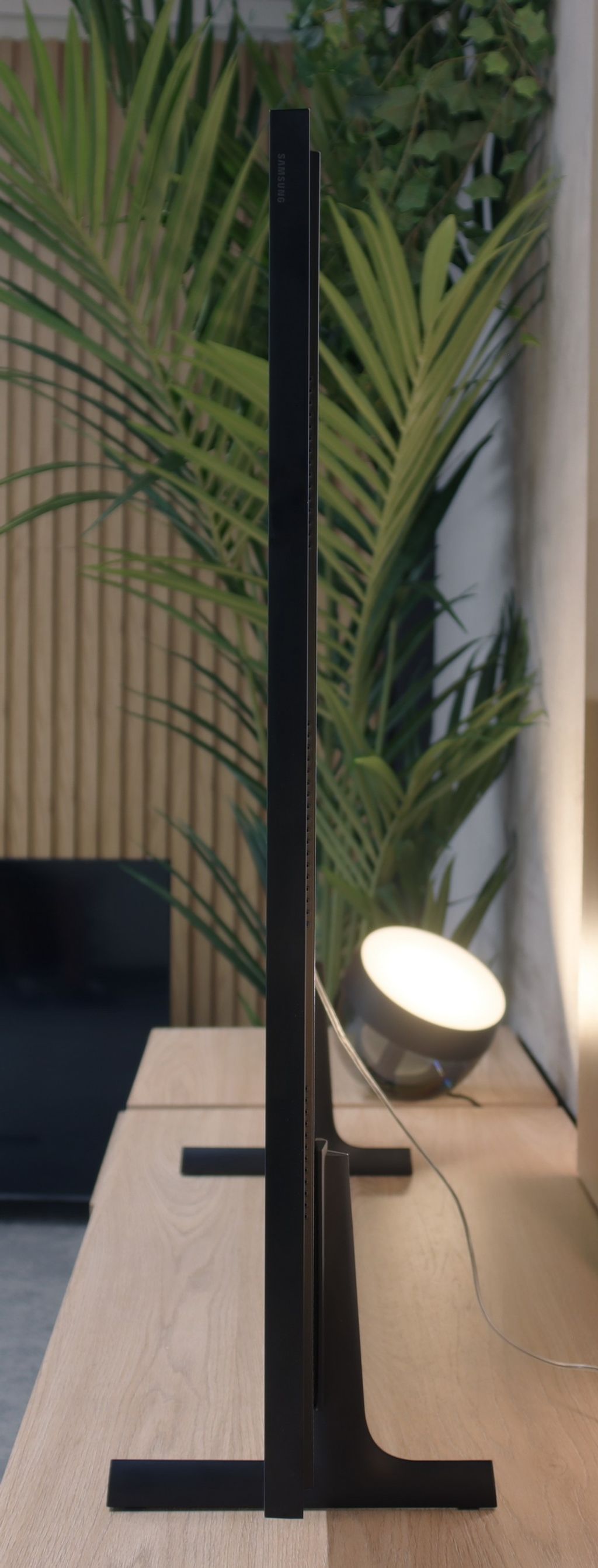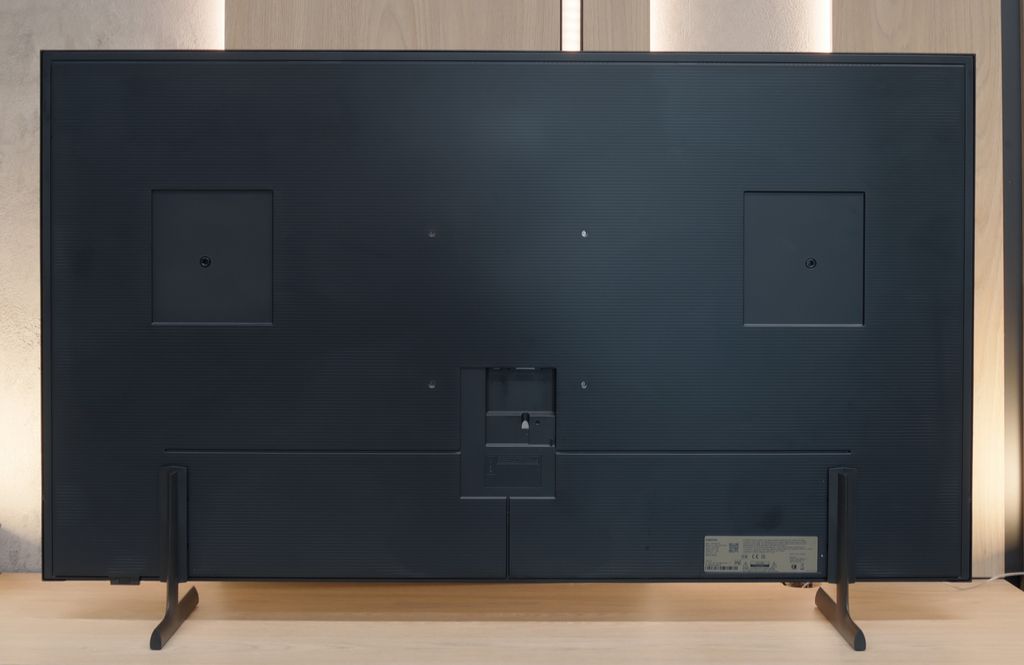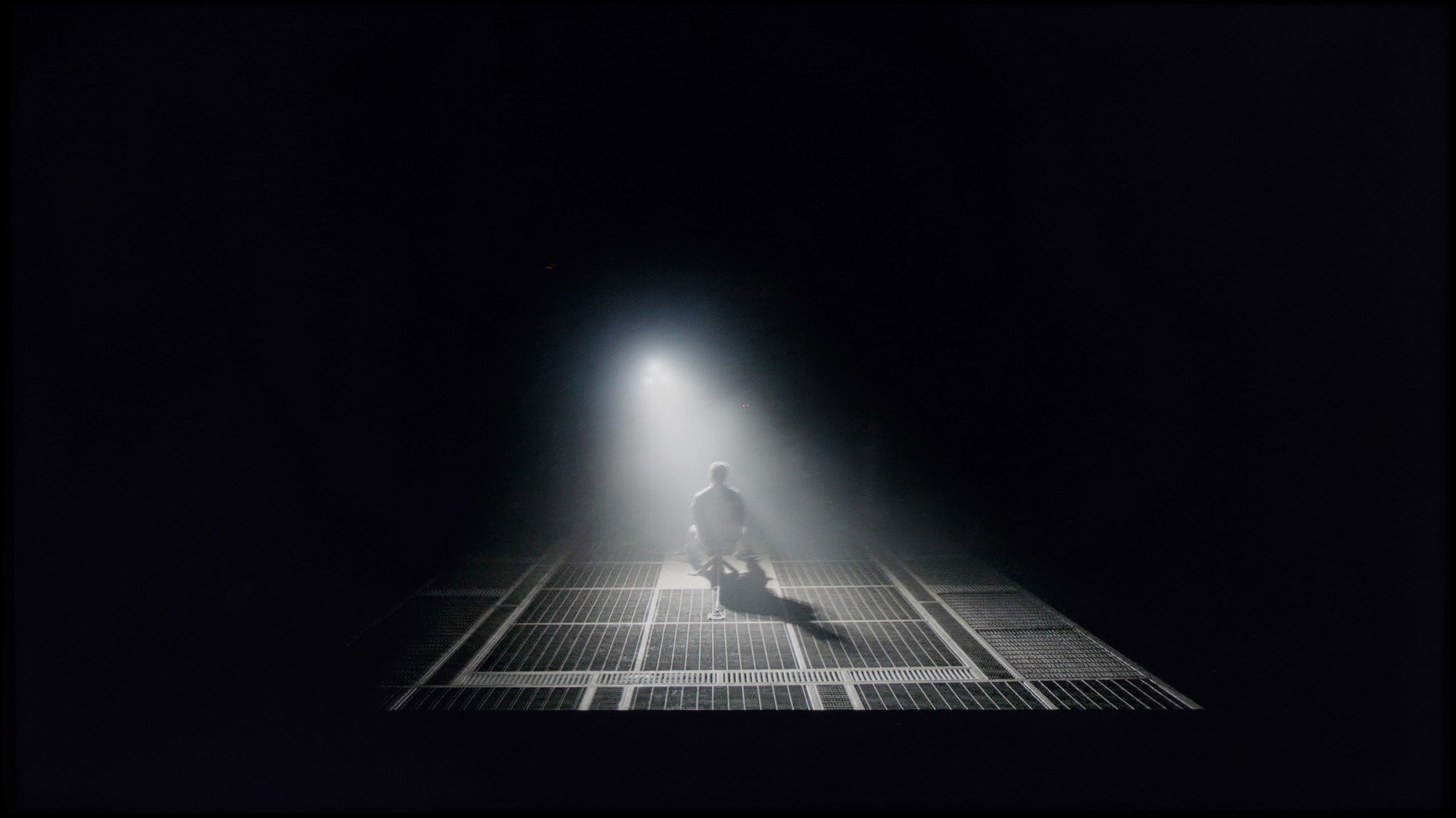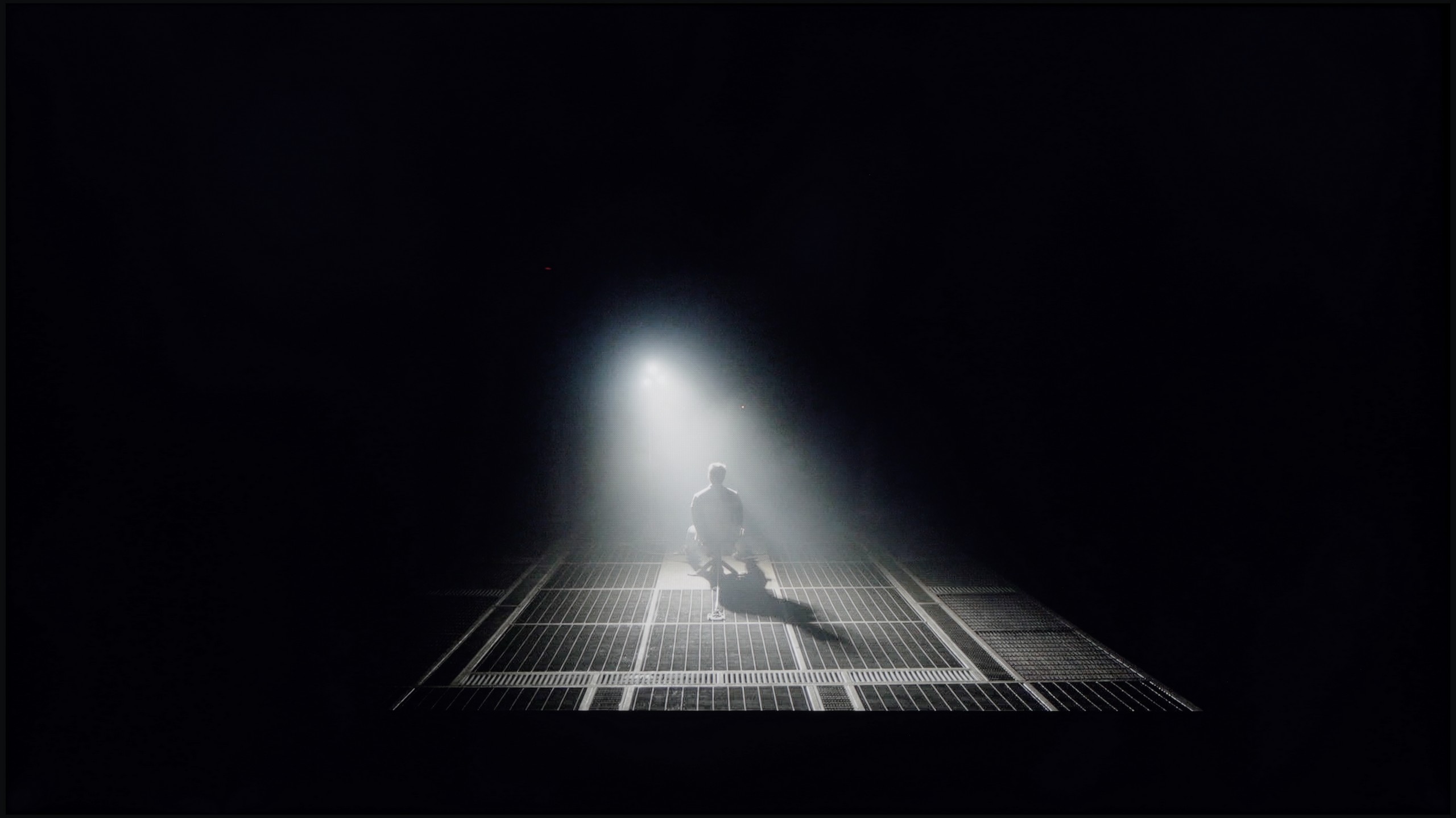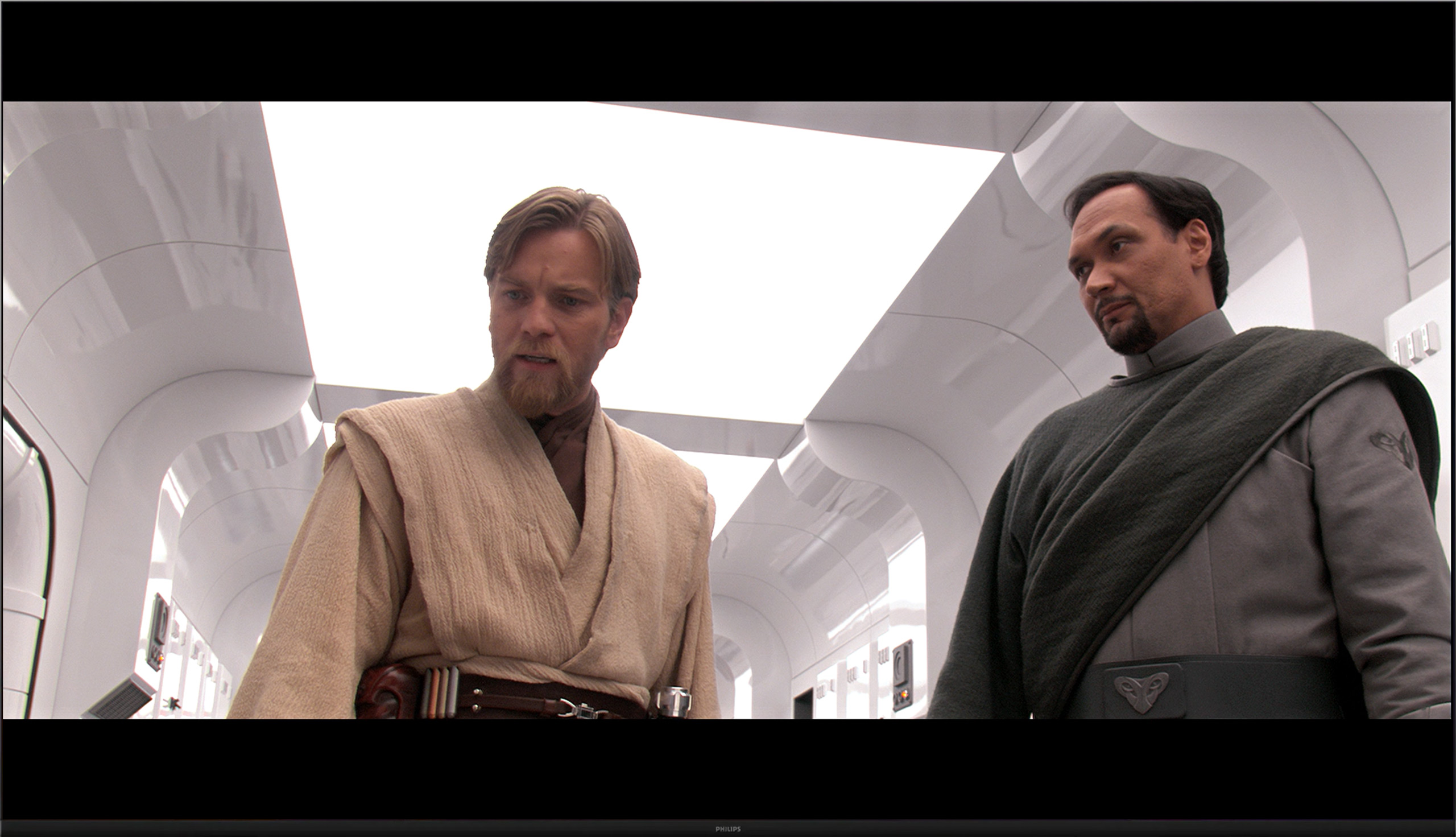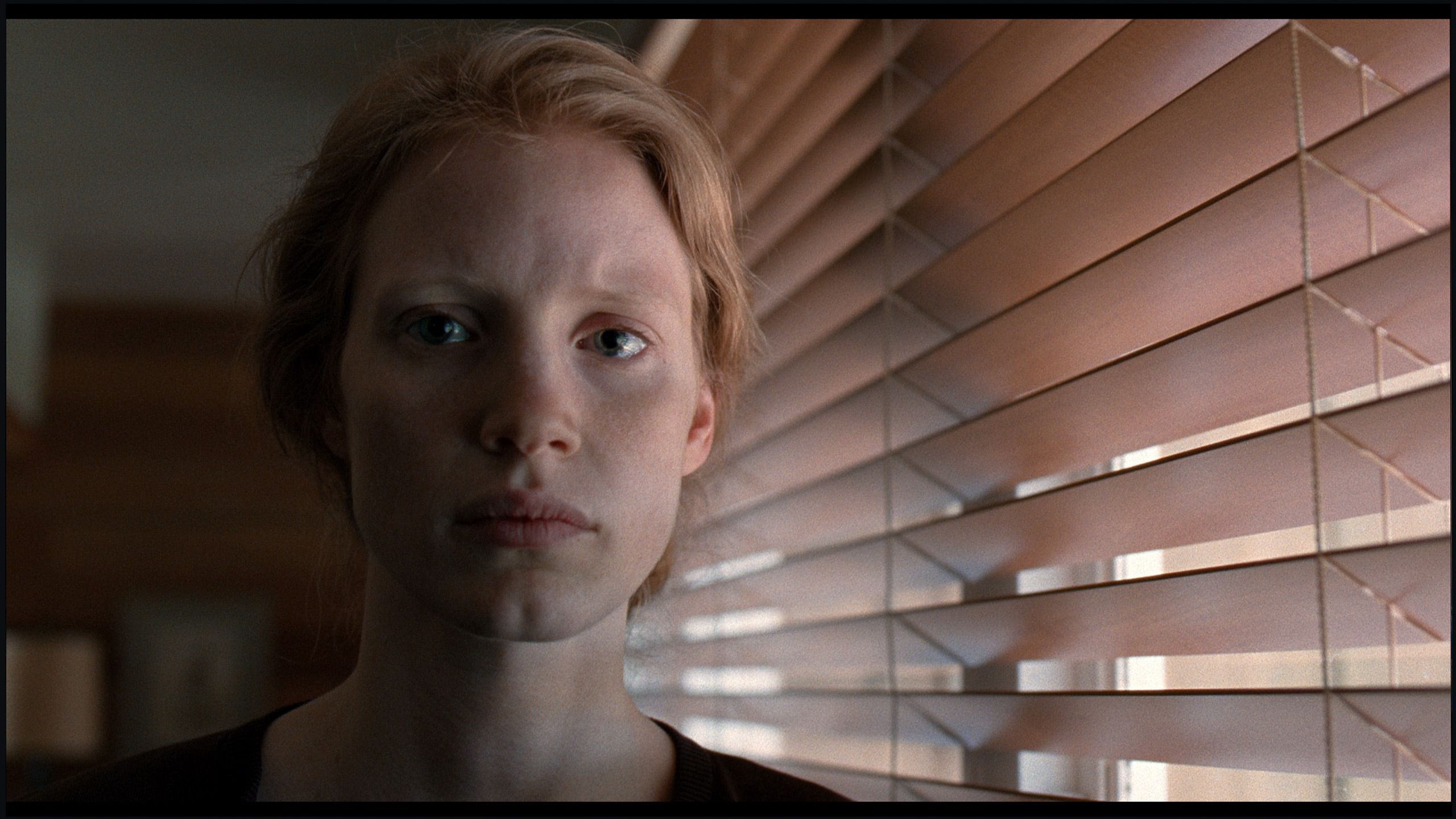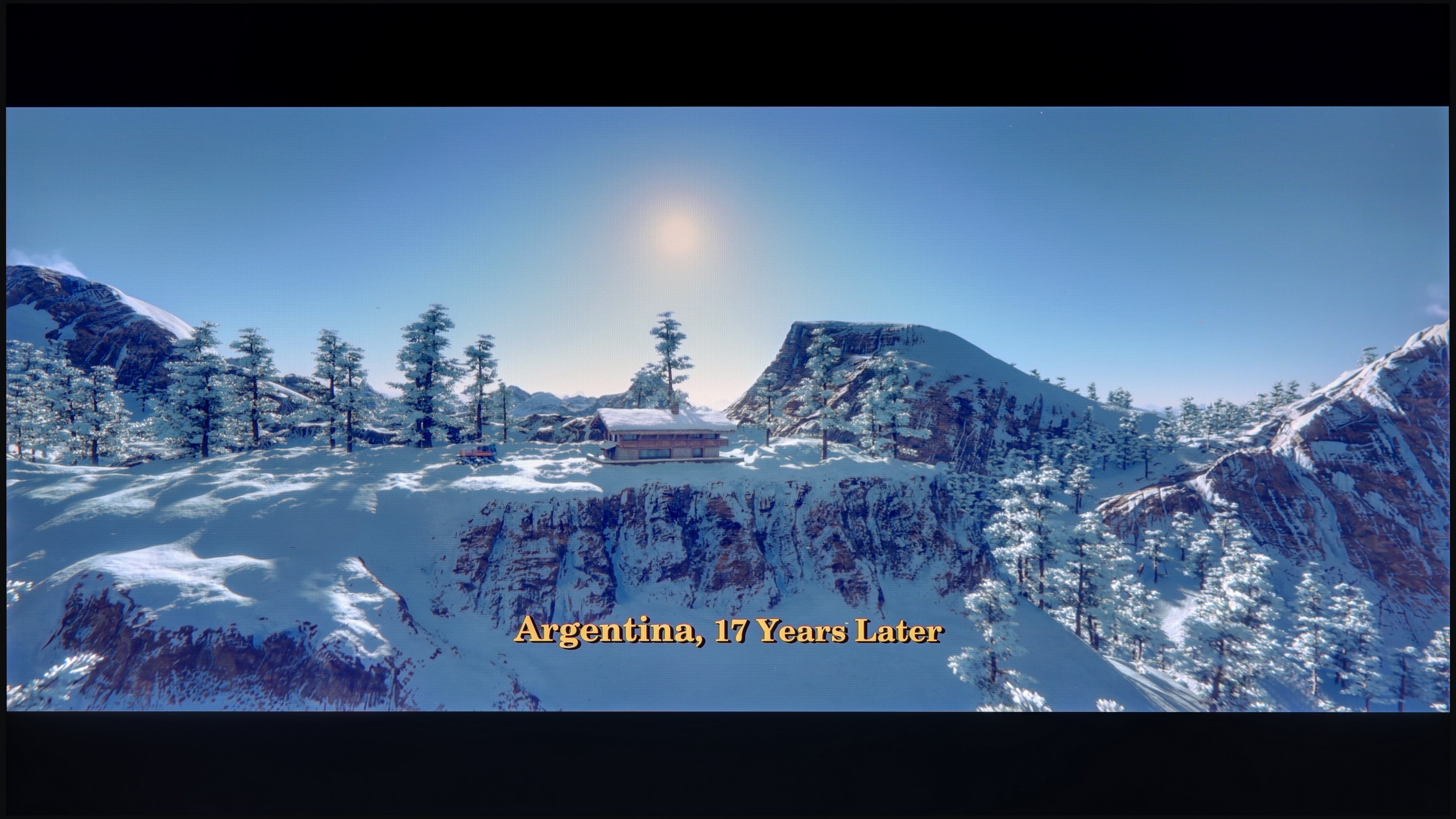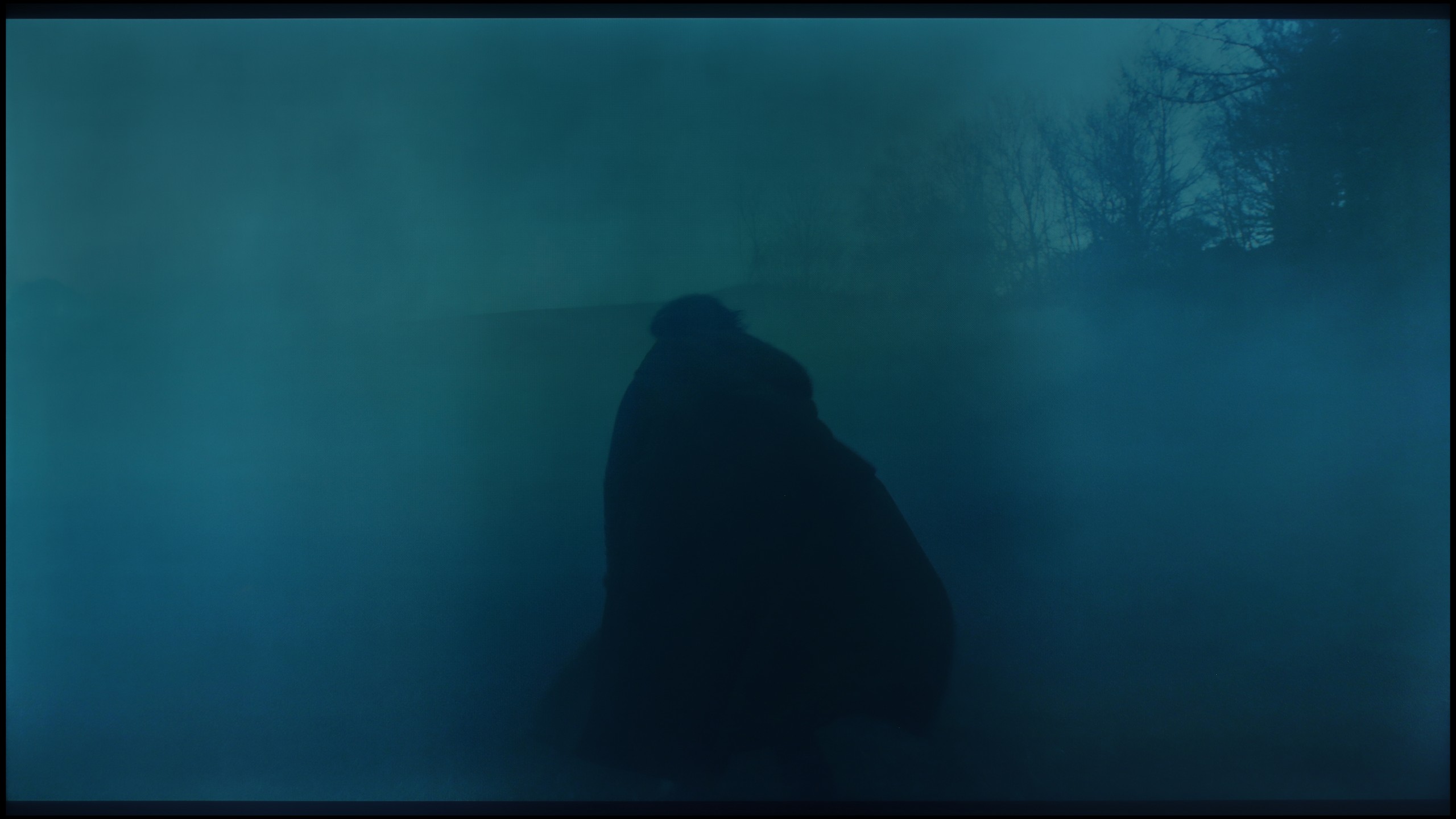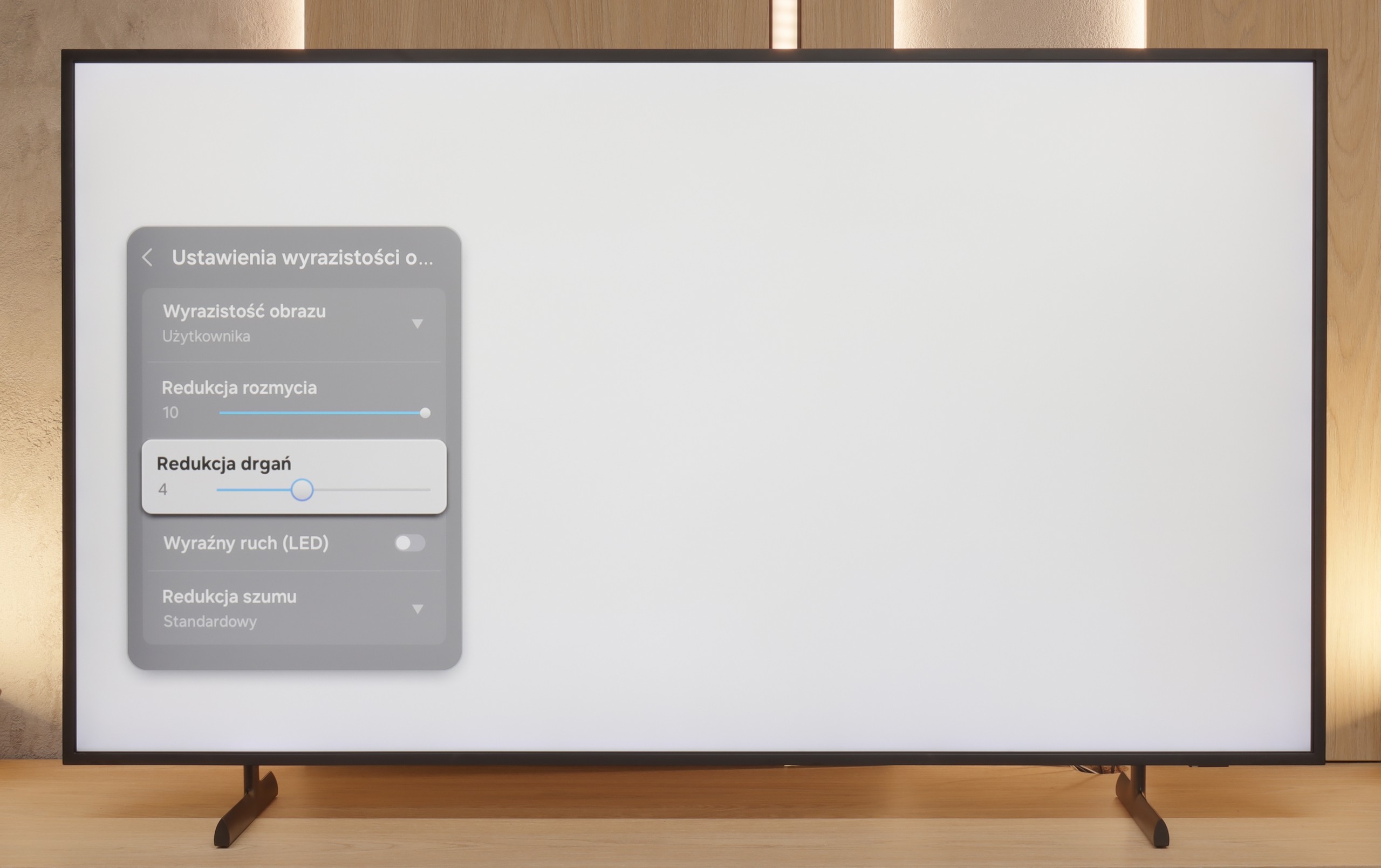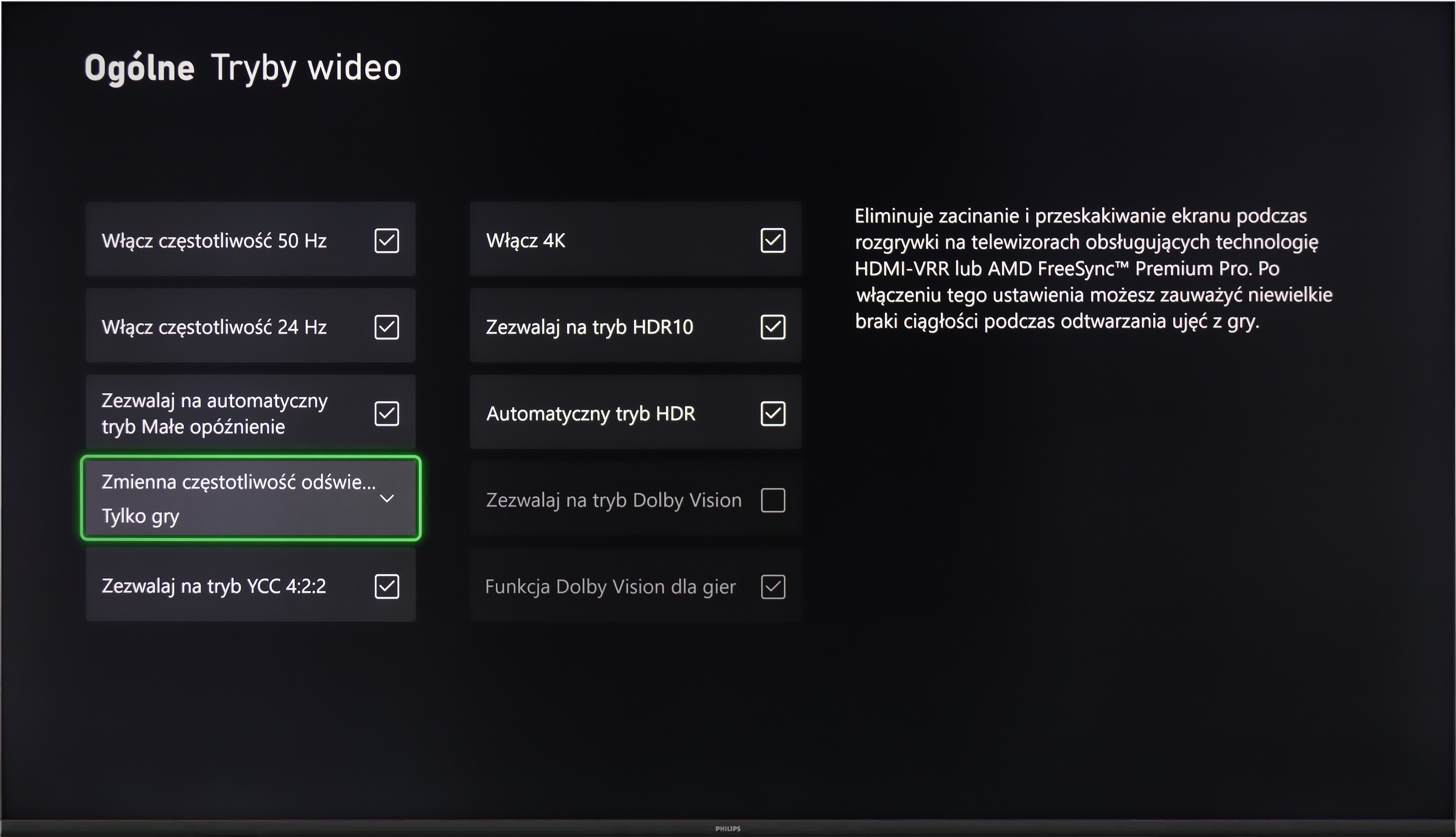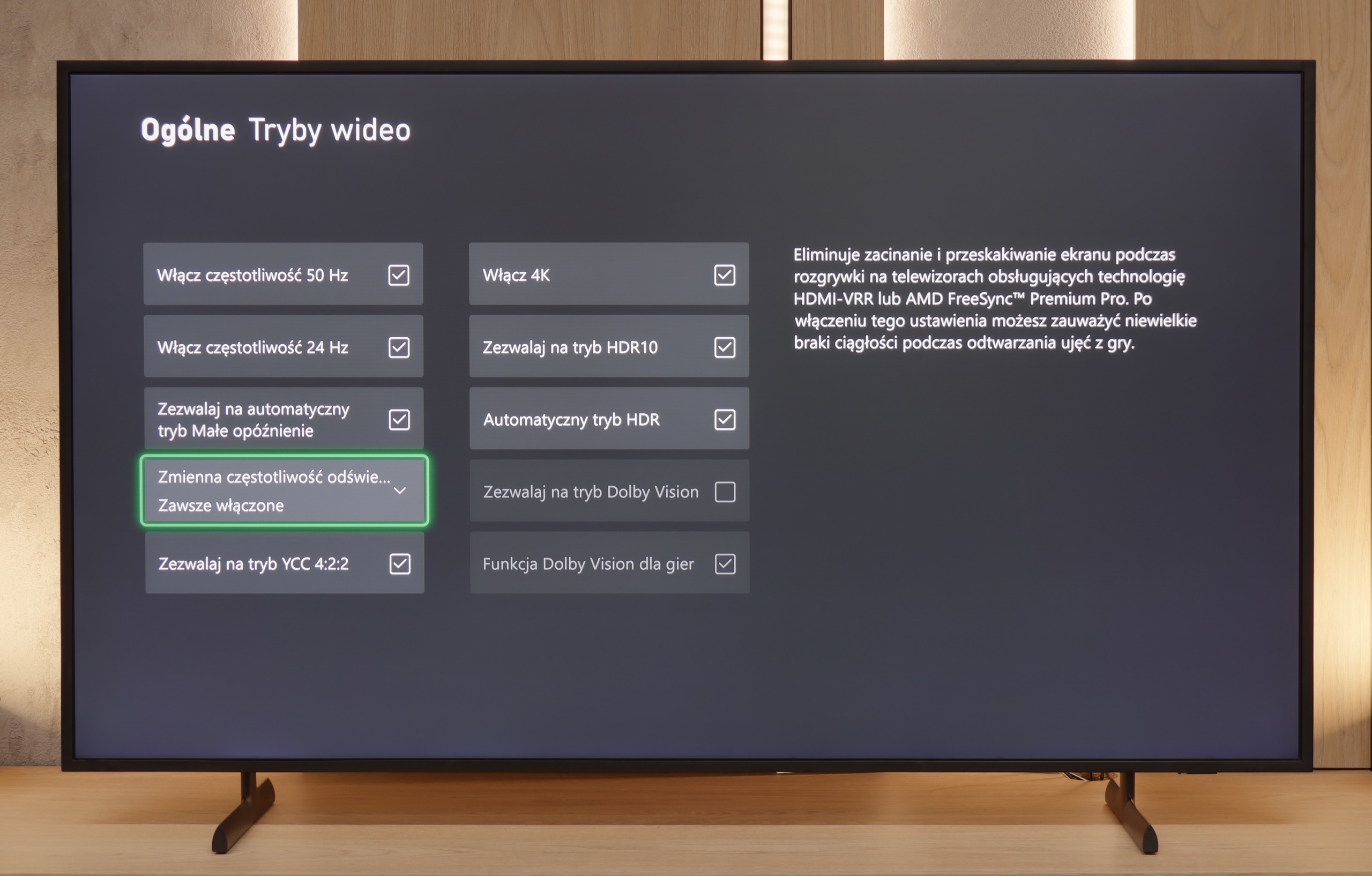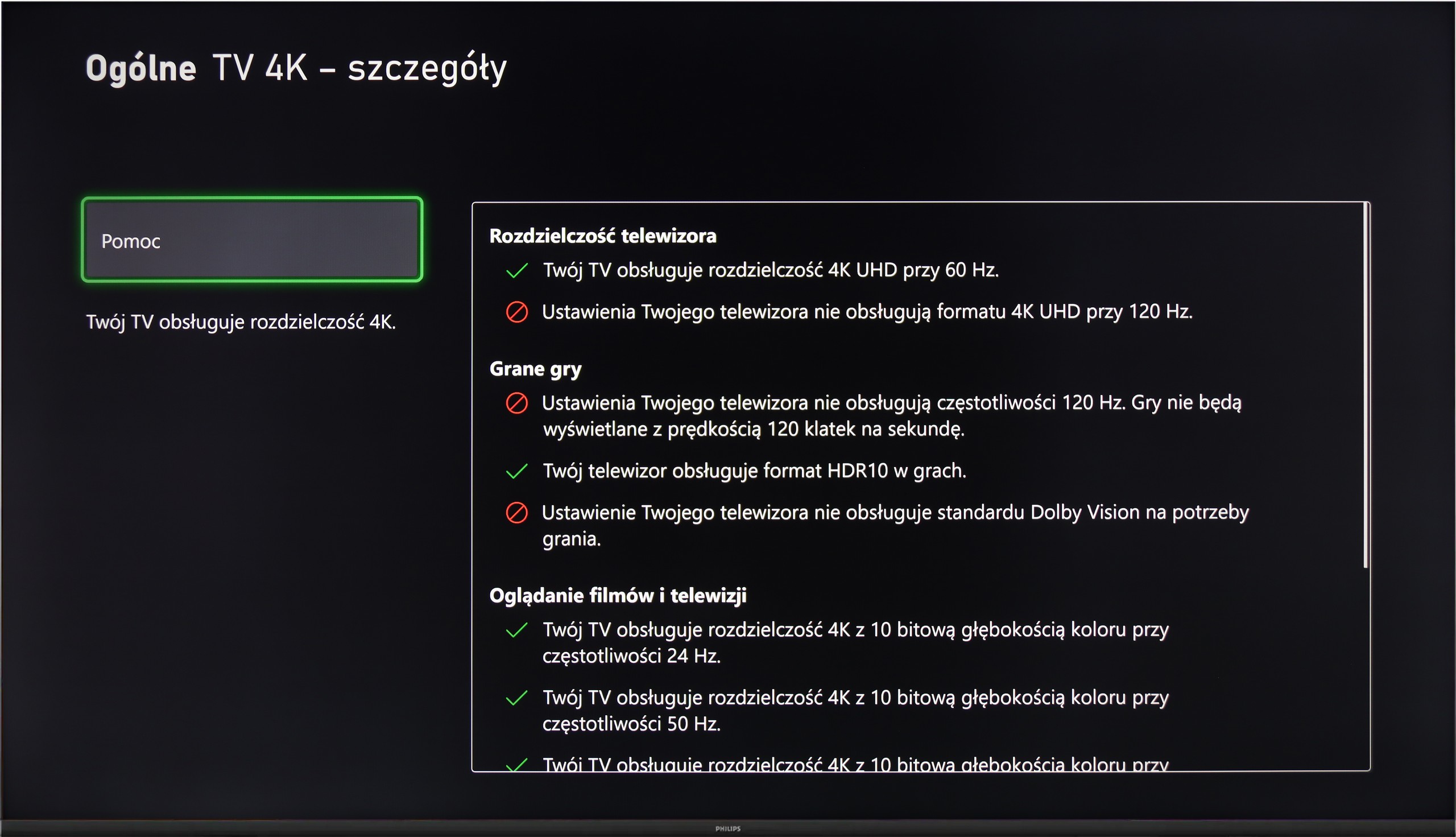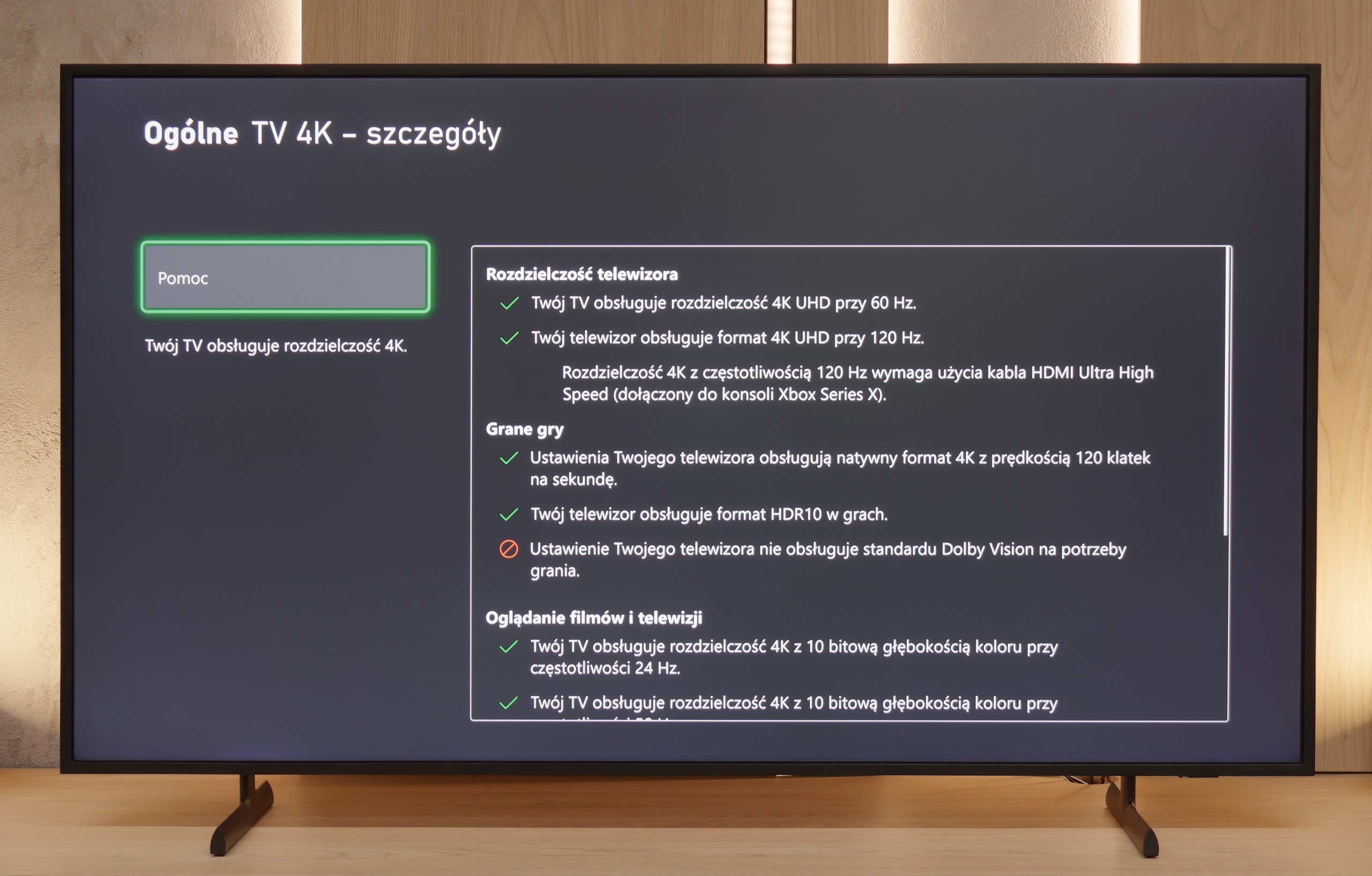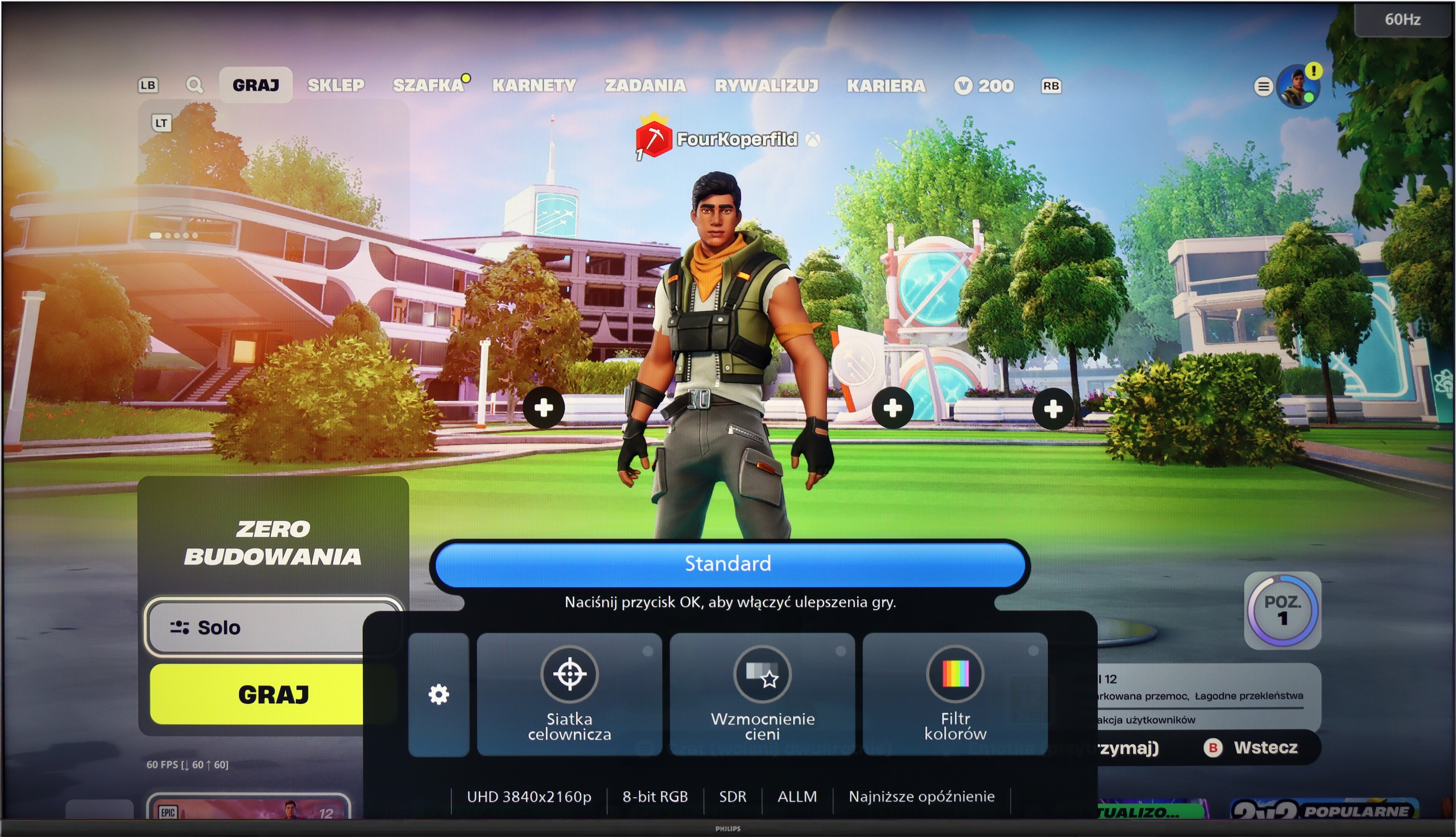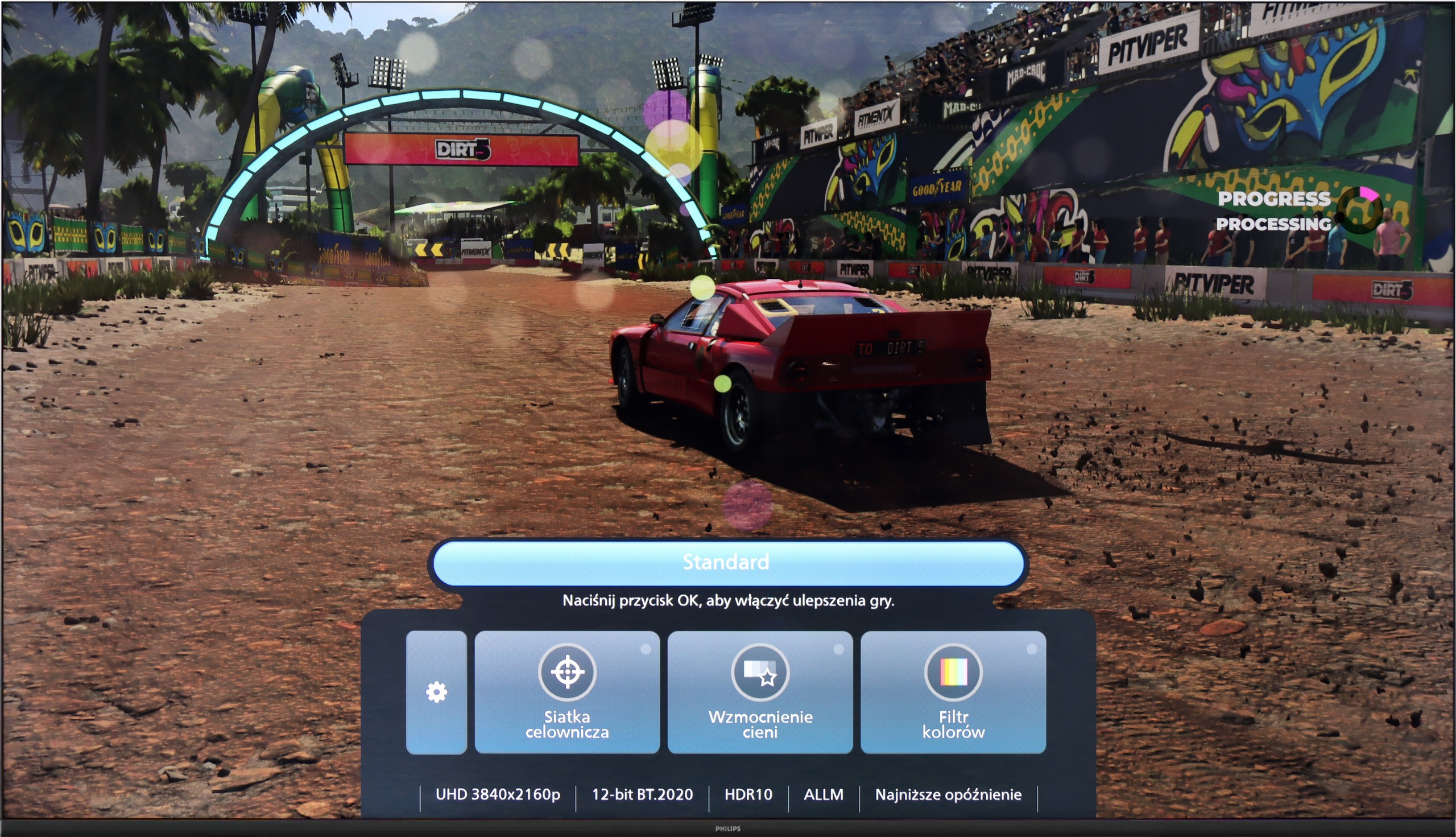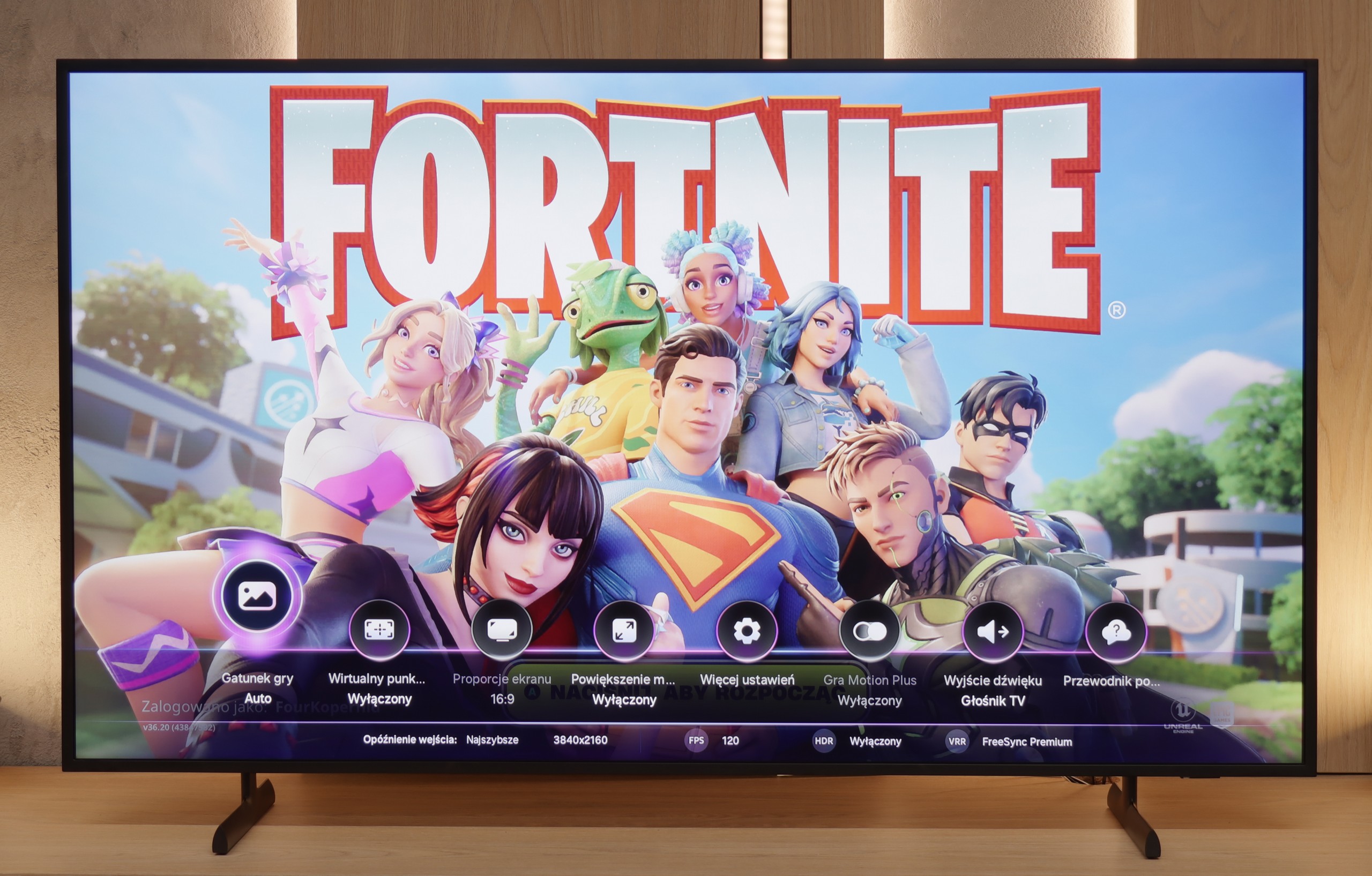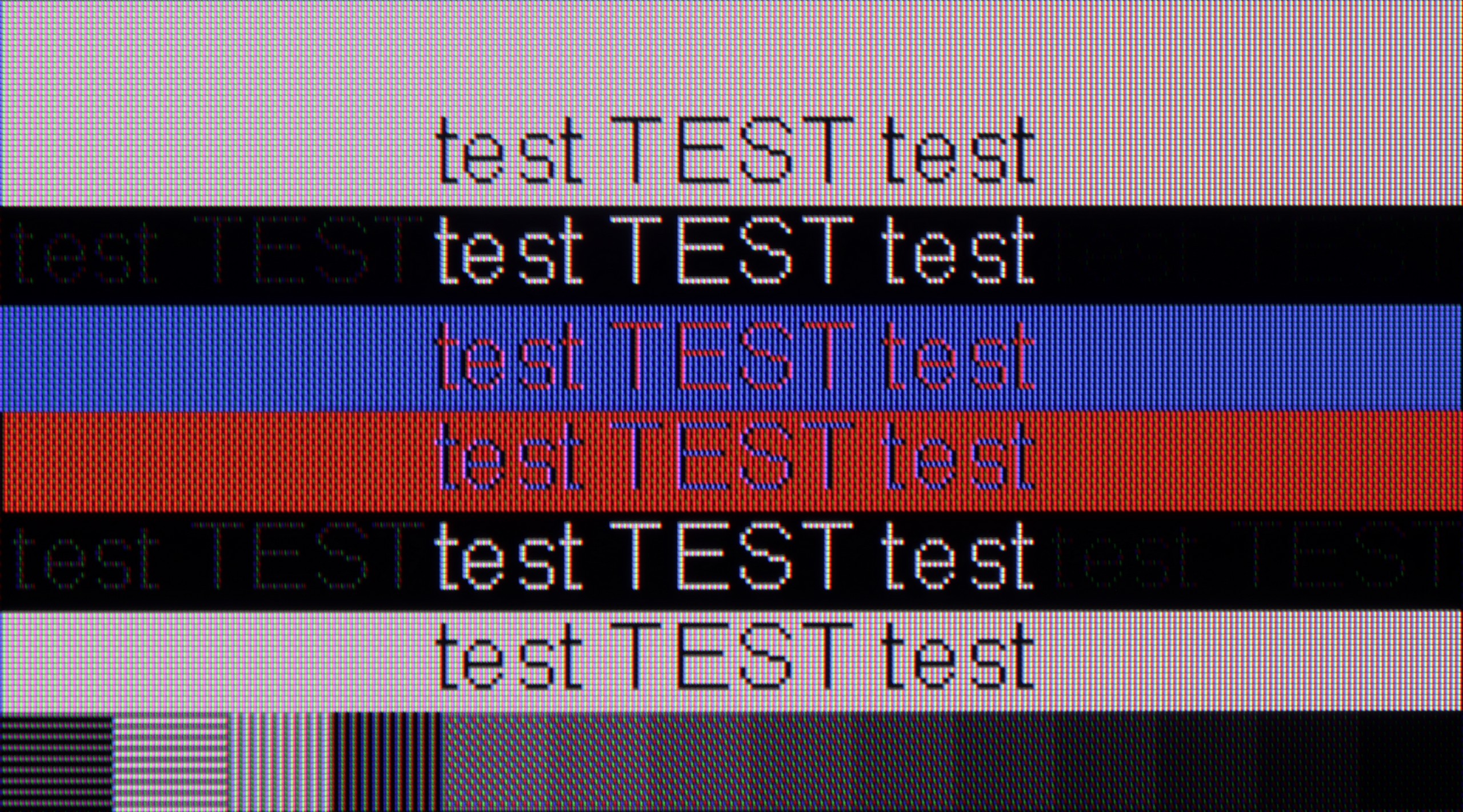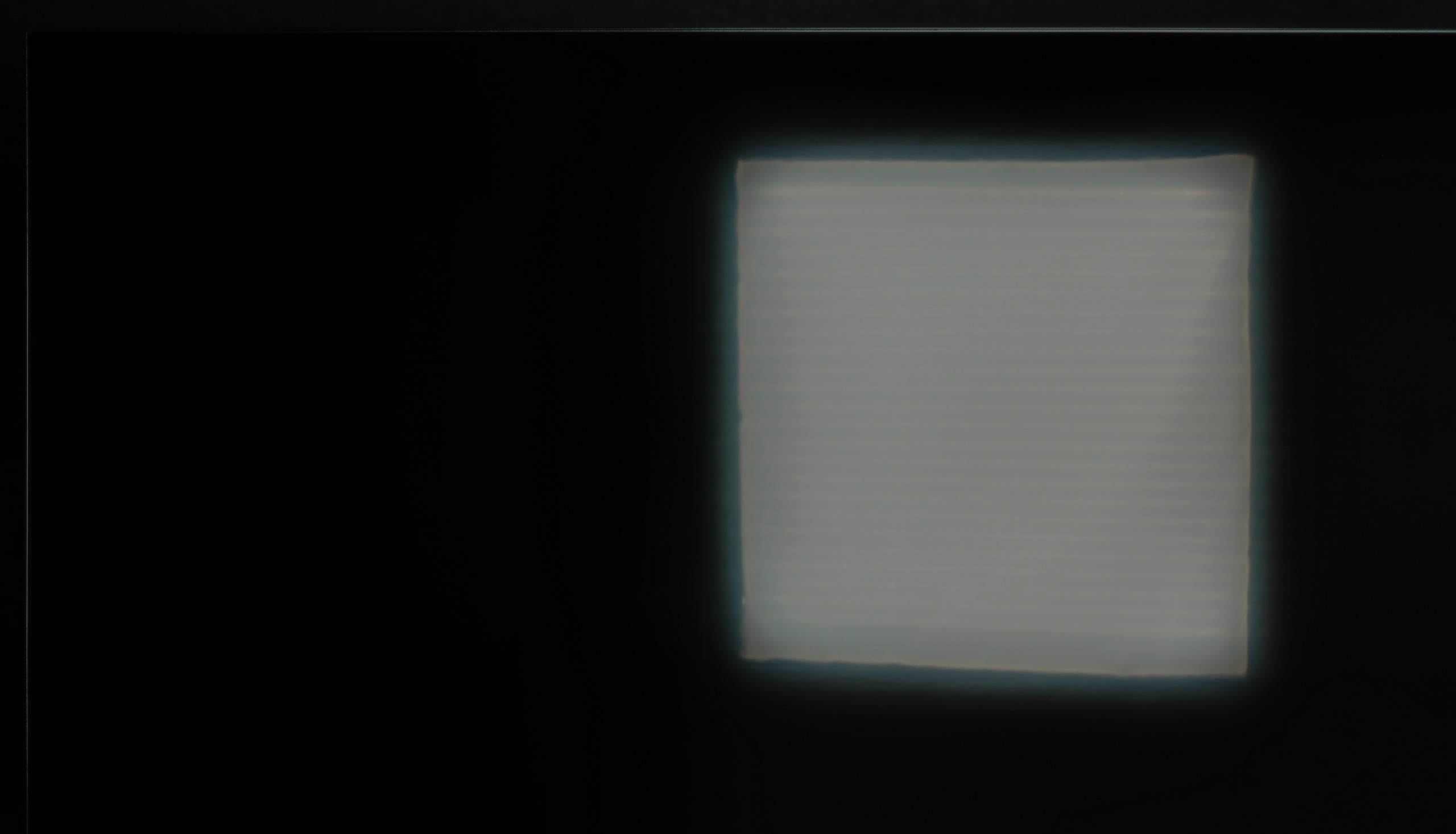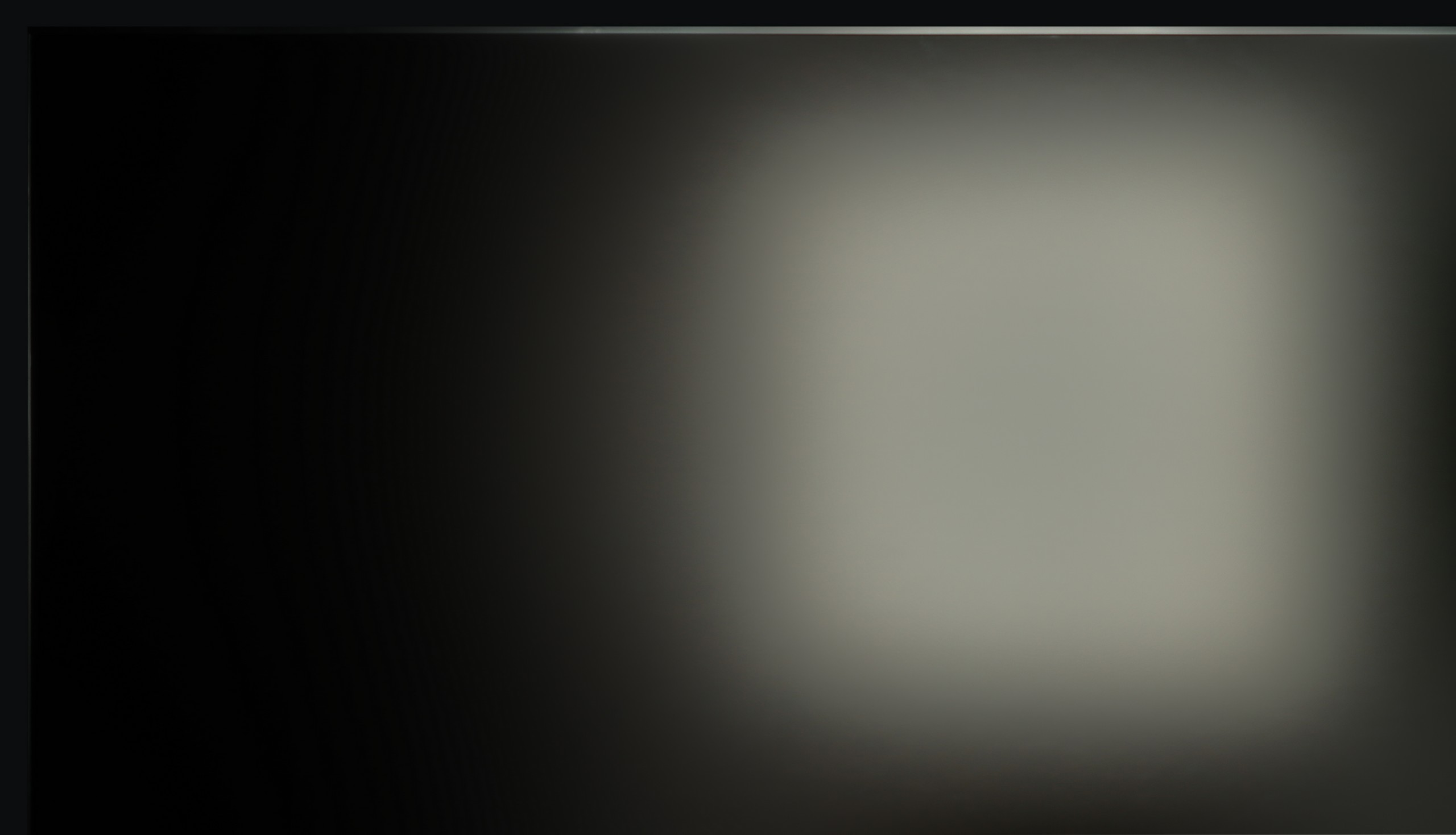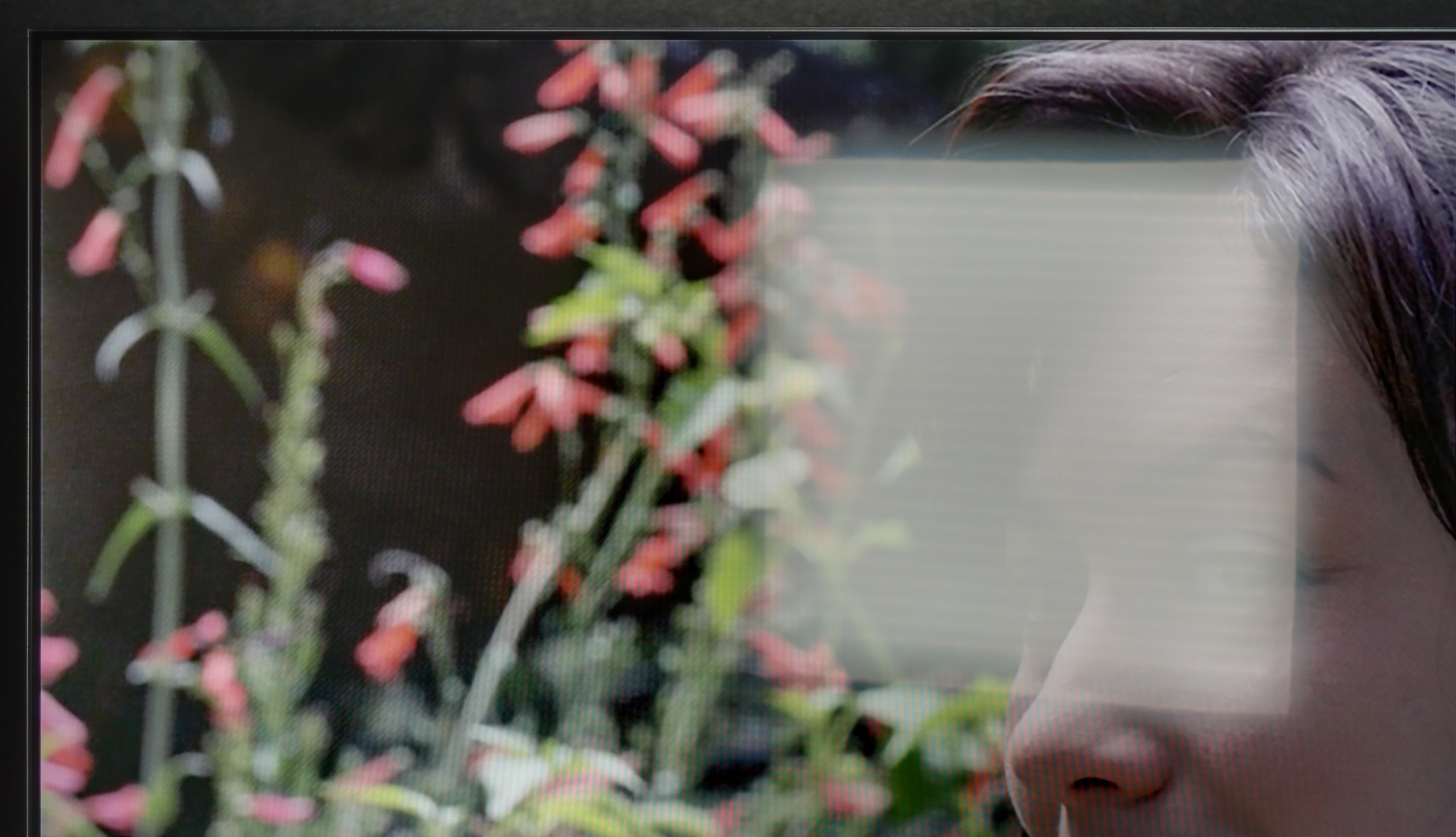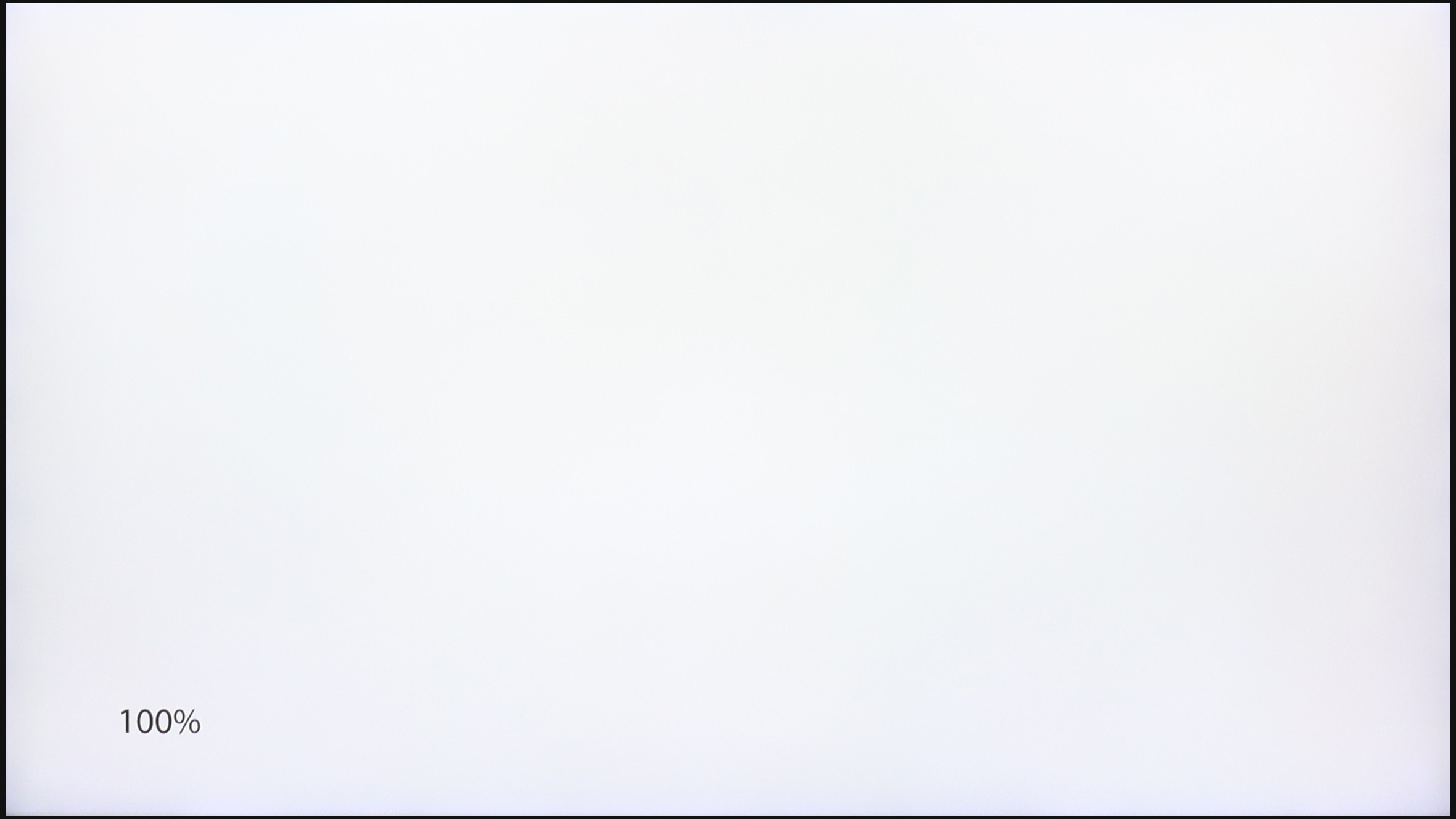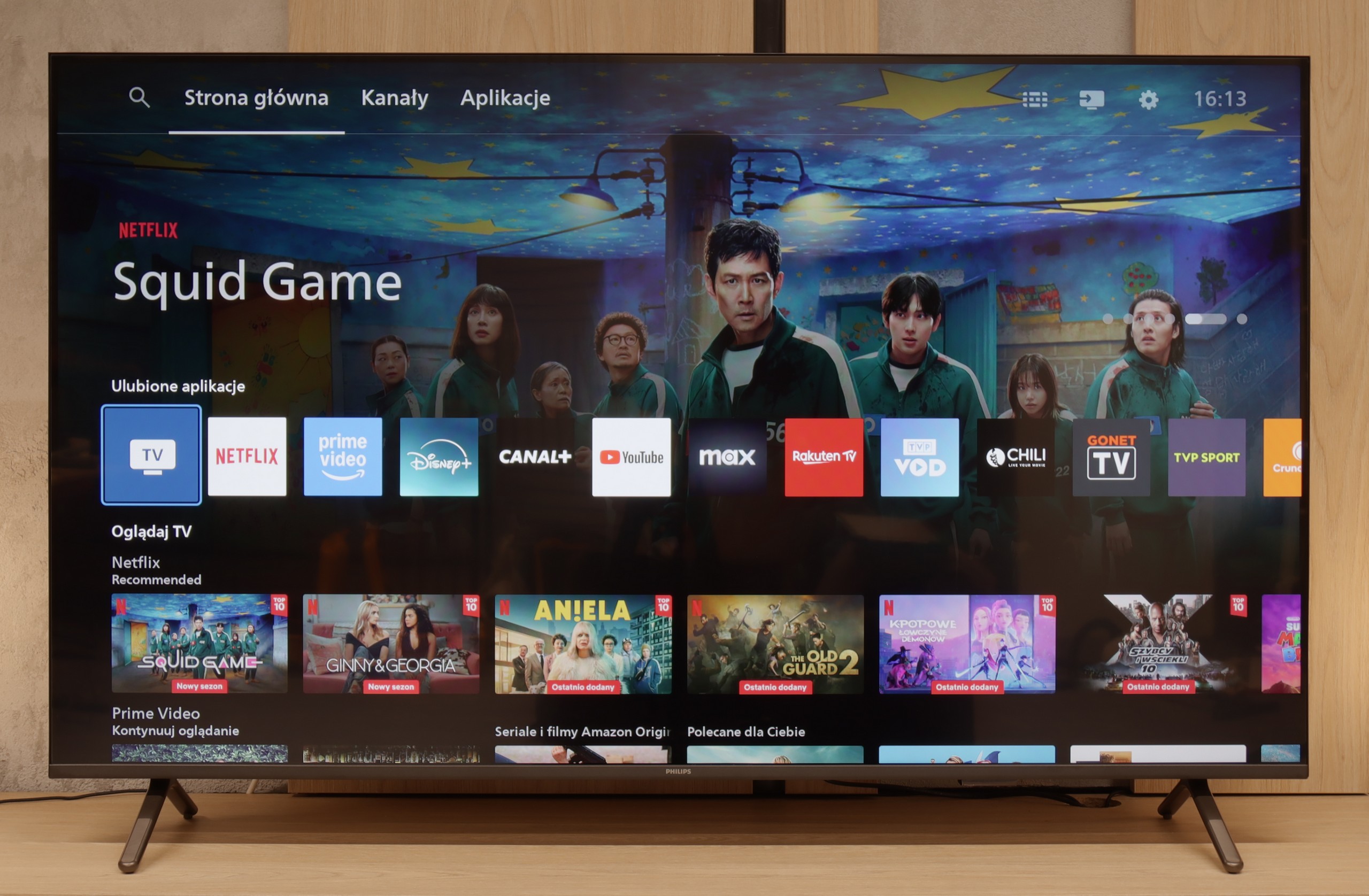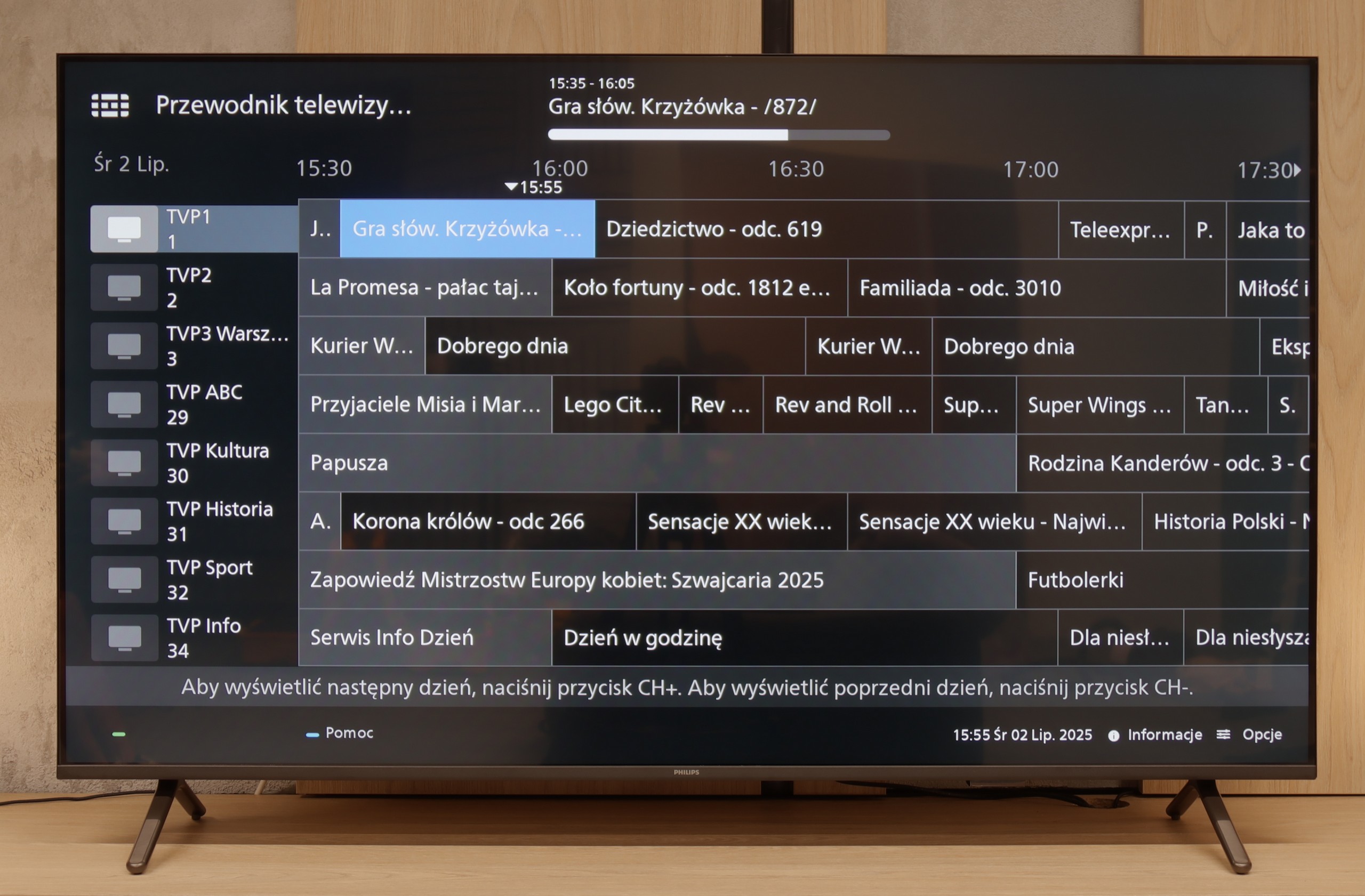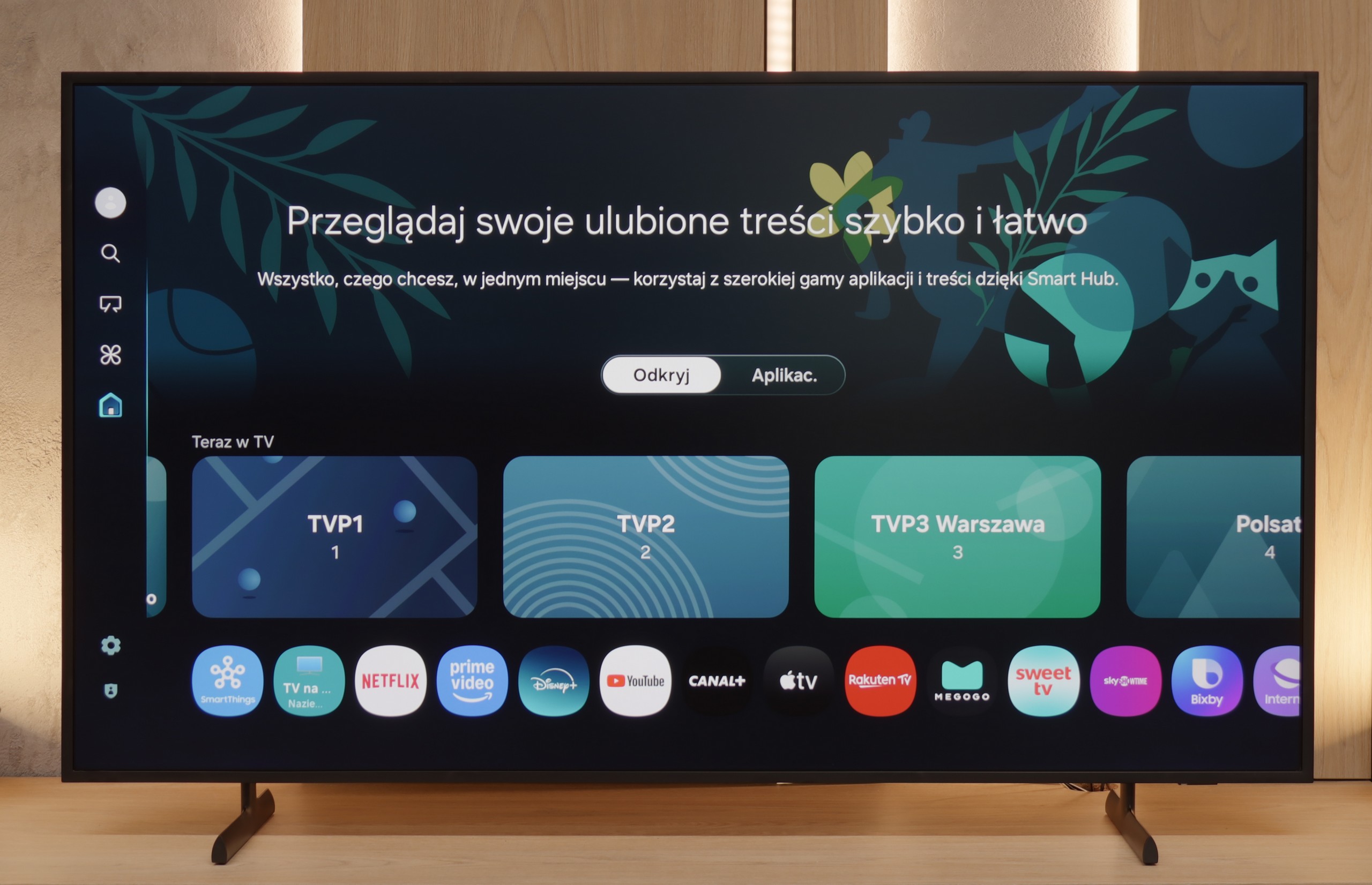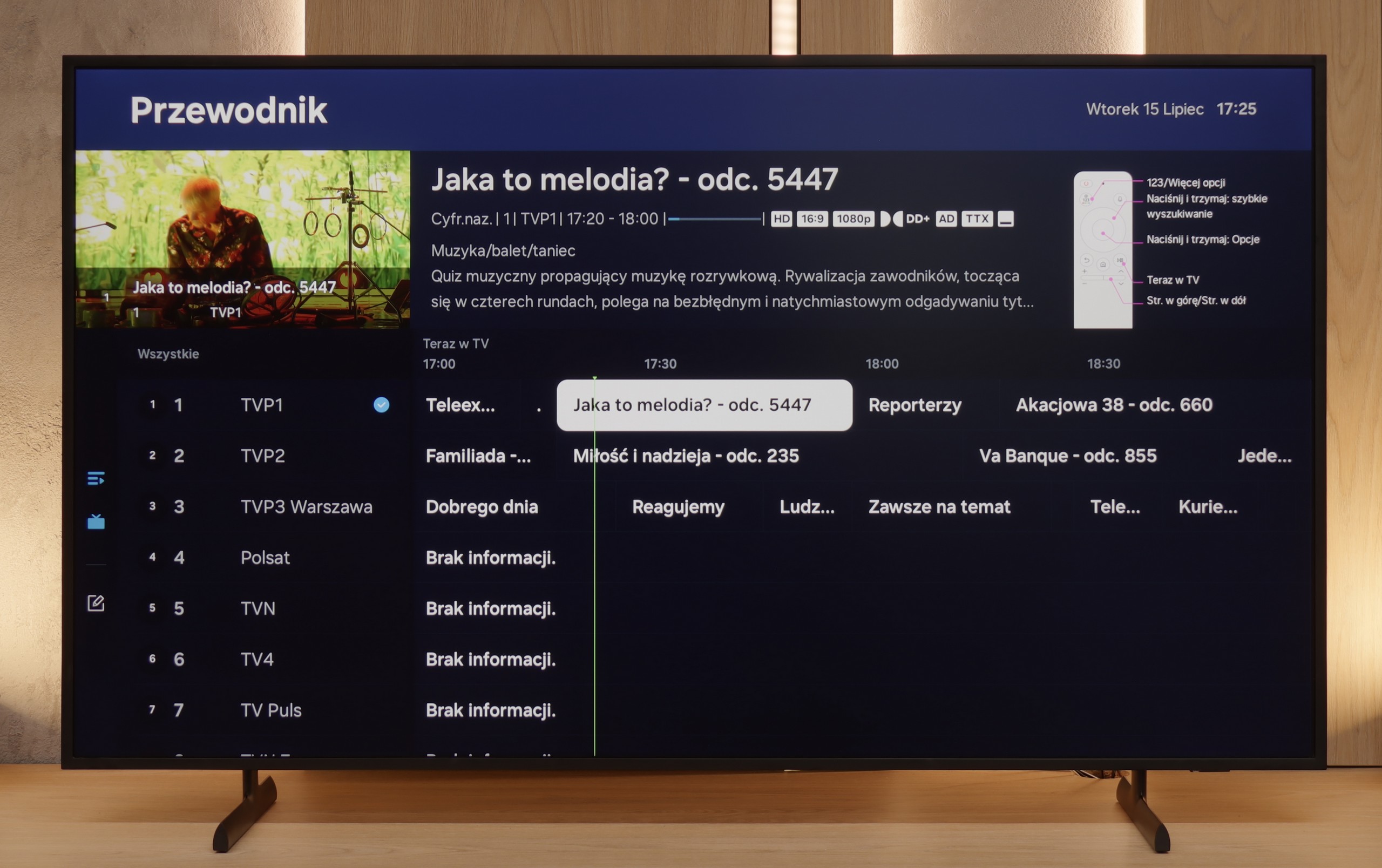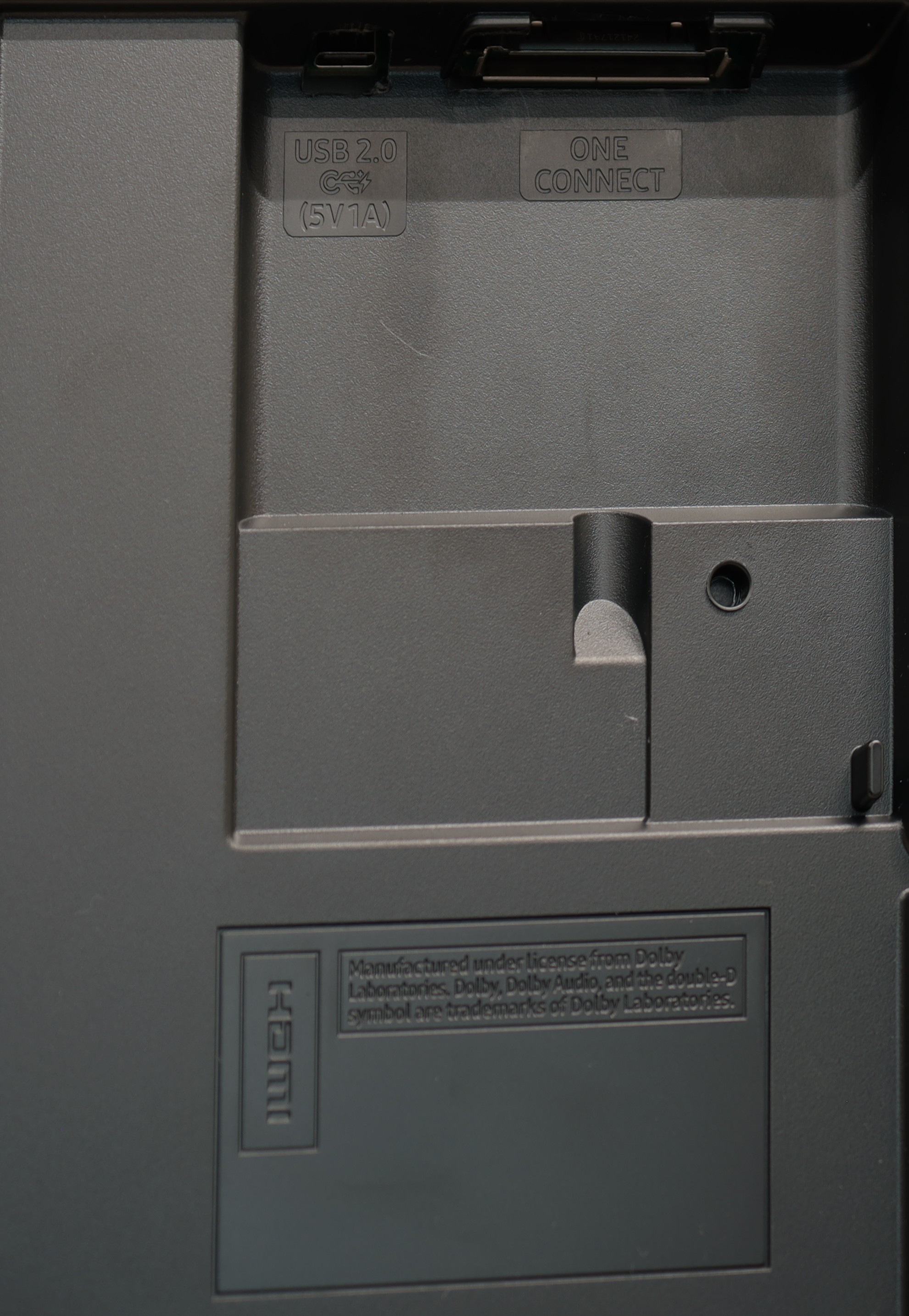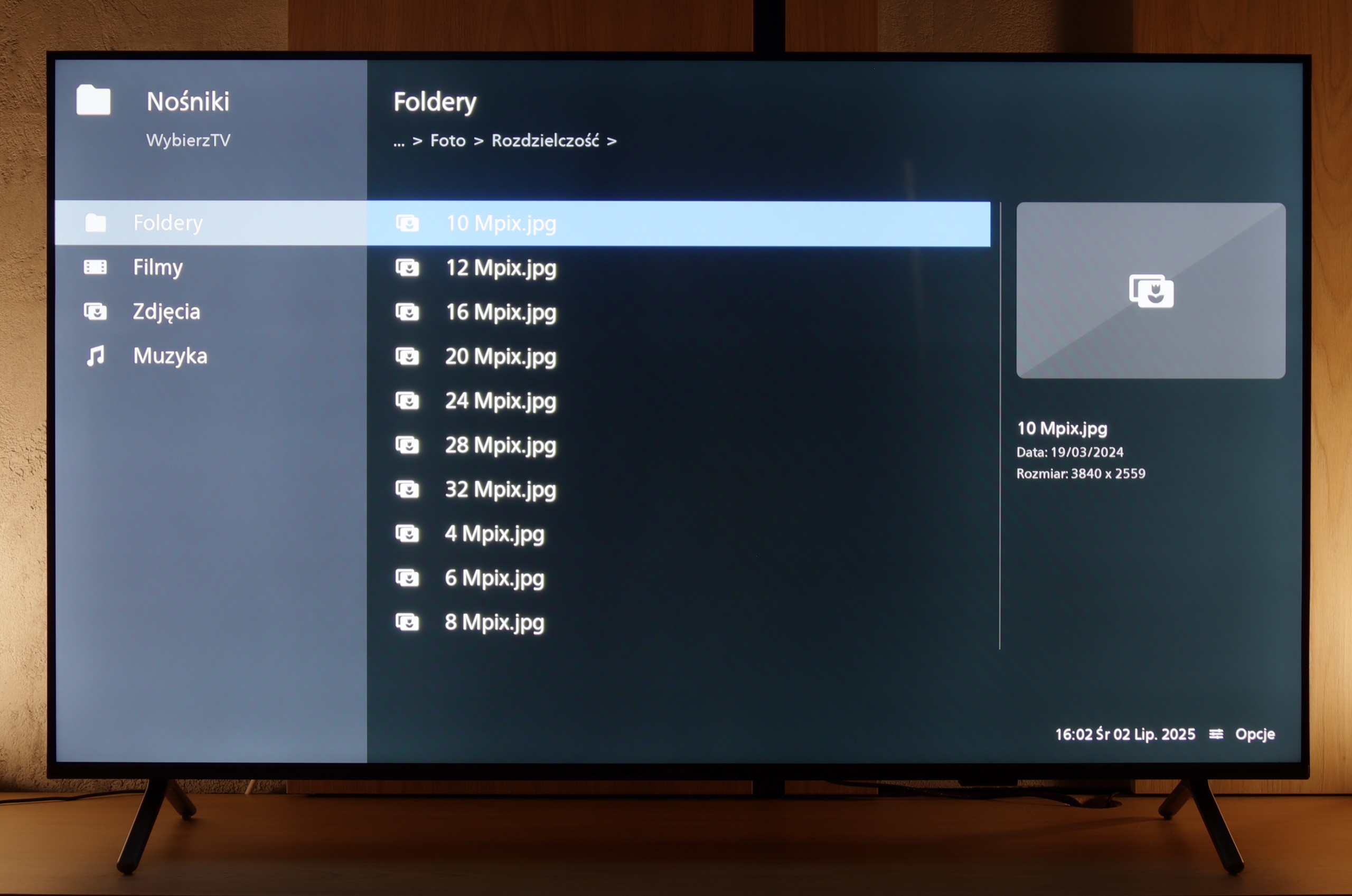Ambilight, as this is what we need to start with, is the biggest reason why it's worth buying the PUS8500. The three-sided backlighting of the television looks fantastic, especially in the evening. It creates an atmosphere, masks contrast shortcomings, and makes watching a film simply more enjoyable. Even if the black levels aren't perfect, the native VA panel offers decent performance at high contrast. Additionally, there’s quite a good input lag and several features for gamers such as ALLM and VRR. Although HDMI 2.1 and a 120Hz panel are absent, playing casually should be a pleasure. Especially since it feels responsive and without delays. Let’s also mention the full support for audio formats – both Dolby Atmos and DTS are included, so soundbar owners can also rejoice.
However, we won't sugarcoat it – this is still a budget television, and at times it’s clearly evident. The brightness is average – not weak enough to prevent viewing, but on an exceptionally sunny day, watching without curtains can be problematic. Nevertheless, in our opinion, the biggest disappointment of the PUS8560 is the Titan OS operating system. Despite the fact that the system debuted some time ago, certain functions simply refused to work – for instance, screen mirroring from a phone despite the manufacturer claiming that such a feature is present. There are fewer apps than in the competition, and the system itself operates rather clumsily. Generally, while it does have some features, it evidently lacks refinement.
Of course, this isn’t a television meant to compete with top models. But if someone is looking for something simple, with a great atmosphere provided by the Ambilight system, it is quite a fair proposition. You just have to know what to expect and accept the numerous compromises present here.
Samsung The Frame 2025 is a television unlike any other – and although competition has emerged for it, it still does it best. The matte panel, flush mounting with the wall, and a single thin cable thanks to the One Connect module make the device resemble a picture more than any other screen. The Art Store app continues to offer the best scans of artworks on the market (even if they are subscription-based), and with interchangeable frames, we can adapt the TV to the interior almost like a piece of furniture. As for the picture itself, since we are also talking about an ordinary television, there are no major changes, but there are also no disappointments compared to last year’s model LS03D. The Frame still offers high native contrast and solid brightness at 600 nits, which combined with the matte finish provides very comfortable daytime use. The colours are not as vibrant as in glossy screens, but against the backdrop of competitive matte constructions, they perform the best. A novelty is the 144 Hz refresh rate, although in practice, mainly PC gamers will benefit from it. Indeed, in terms of gaming features, The Frame has nearly everything: low input lag, variable refresh rate (VRR) support, automatic game mode (ALLM), Game Bar, and a unique motion smoother designed for games. Unfortunately, not everything is as perfect as it might seem. Why? Because the HGiG mode is missing, which has suddenly disappeared from the latest version of the Tizen system. Samsung really should respond to this, as for many gamers it is a key element in choosing a screen. And we fully understand that. Even though LS03F The Frame 2025 does not bring greater revolutions, it is still a unique television that, apart from its appearance, offers quite solid picture quality and extensive gaming features. It’s a pity that year after year we also receive new compromises.
